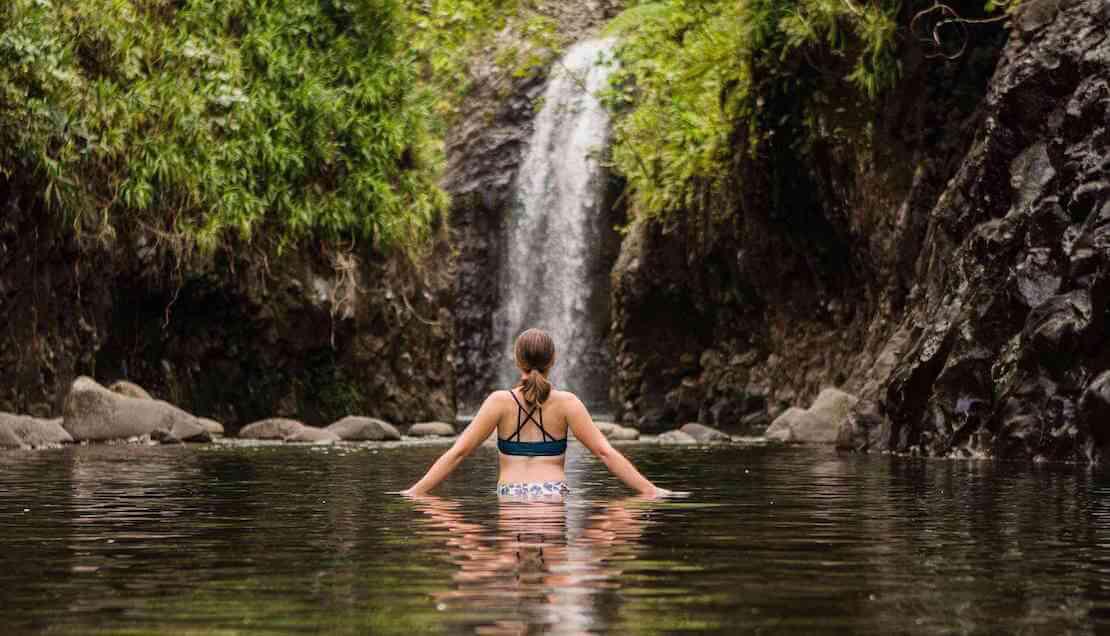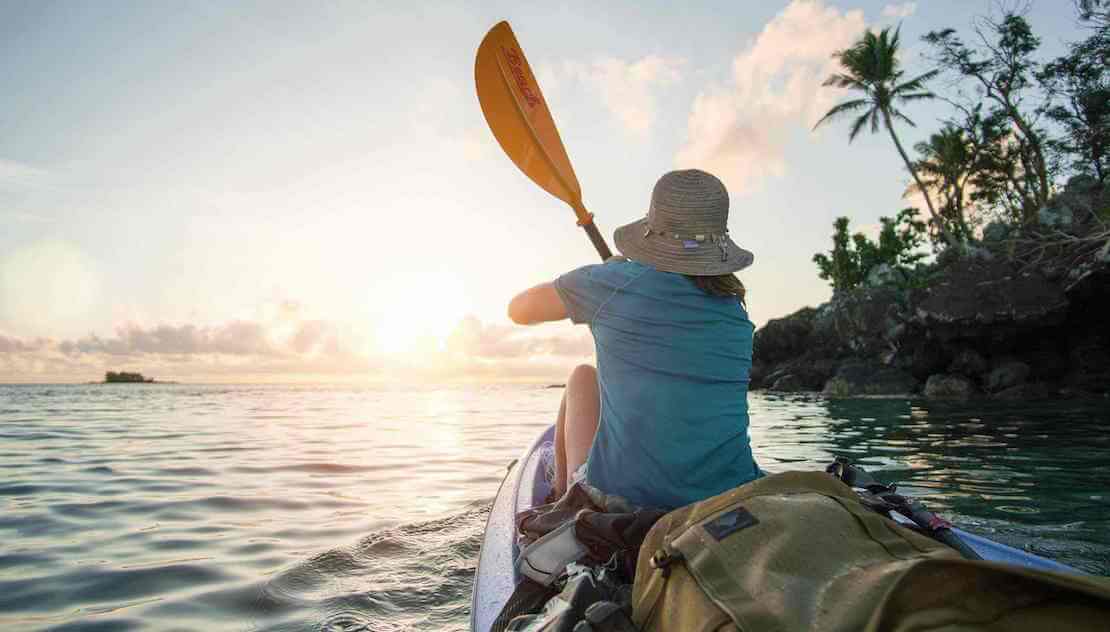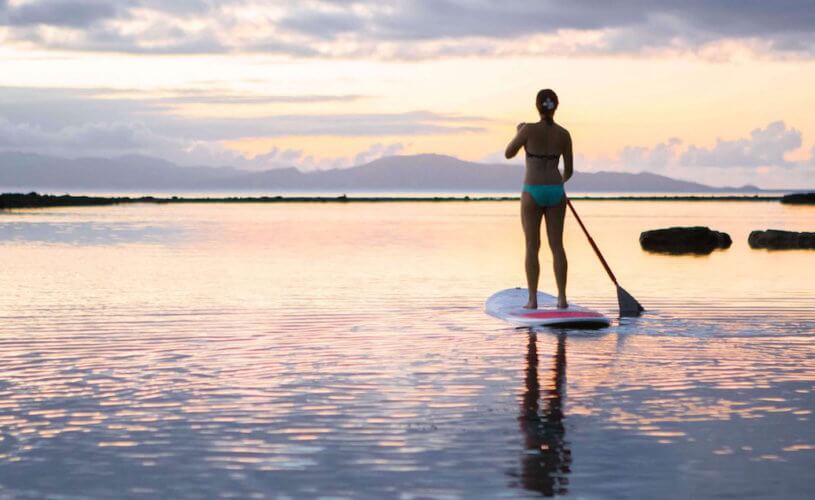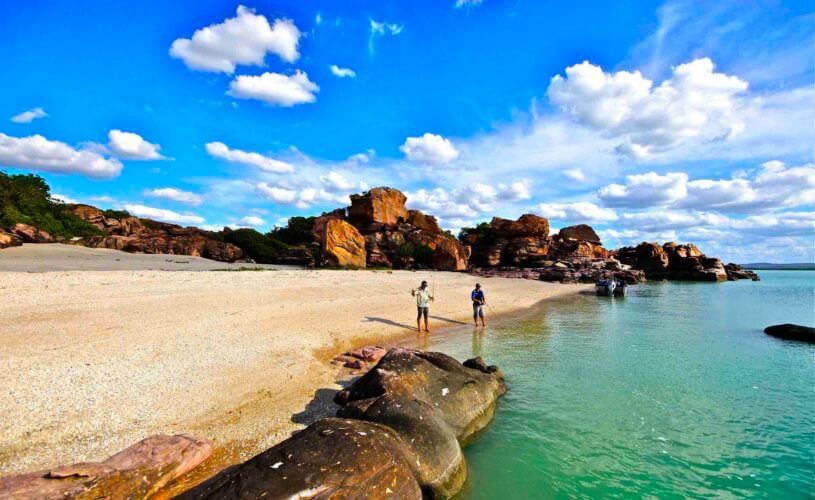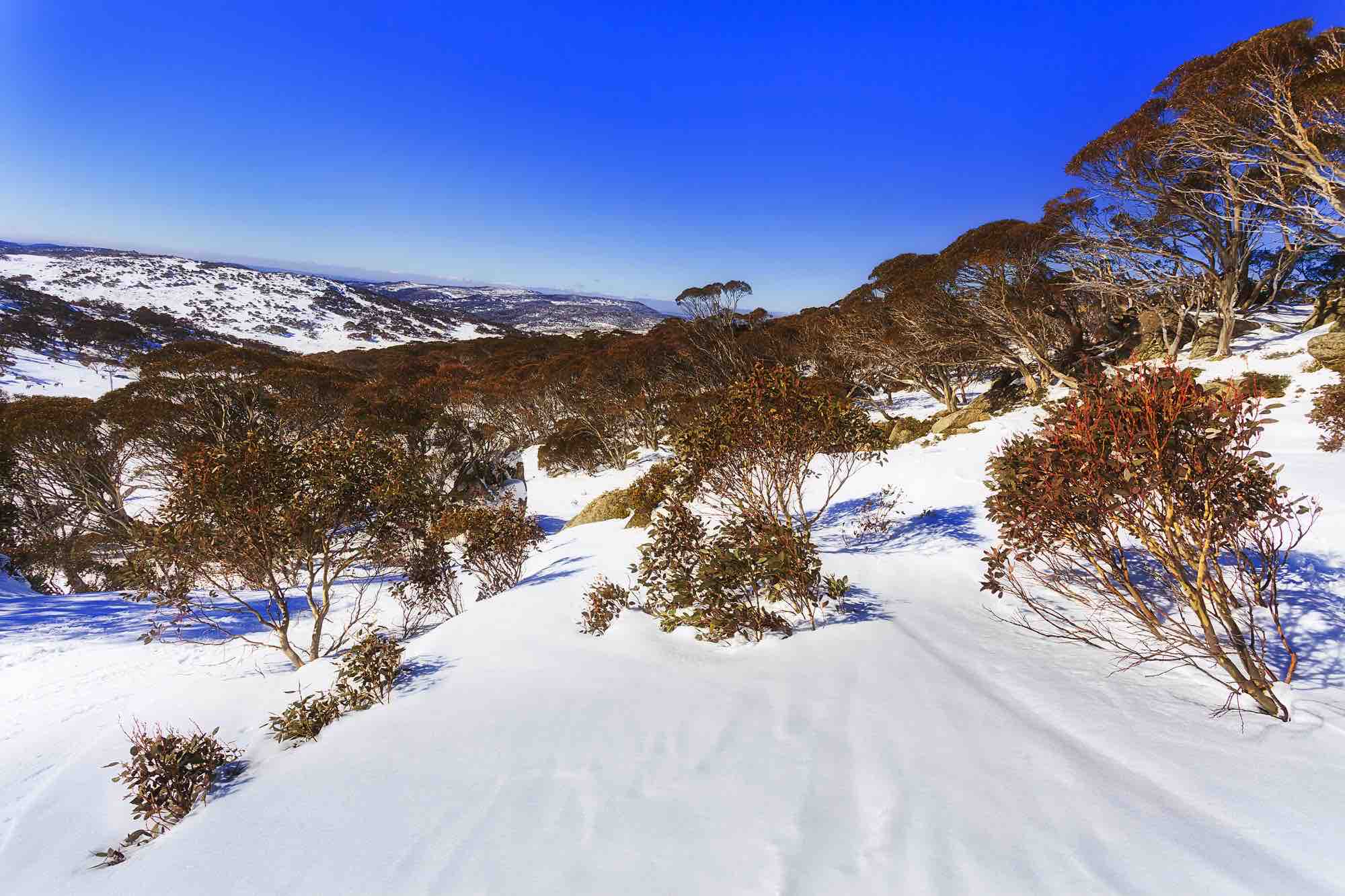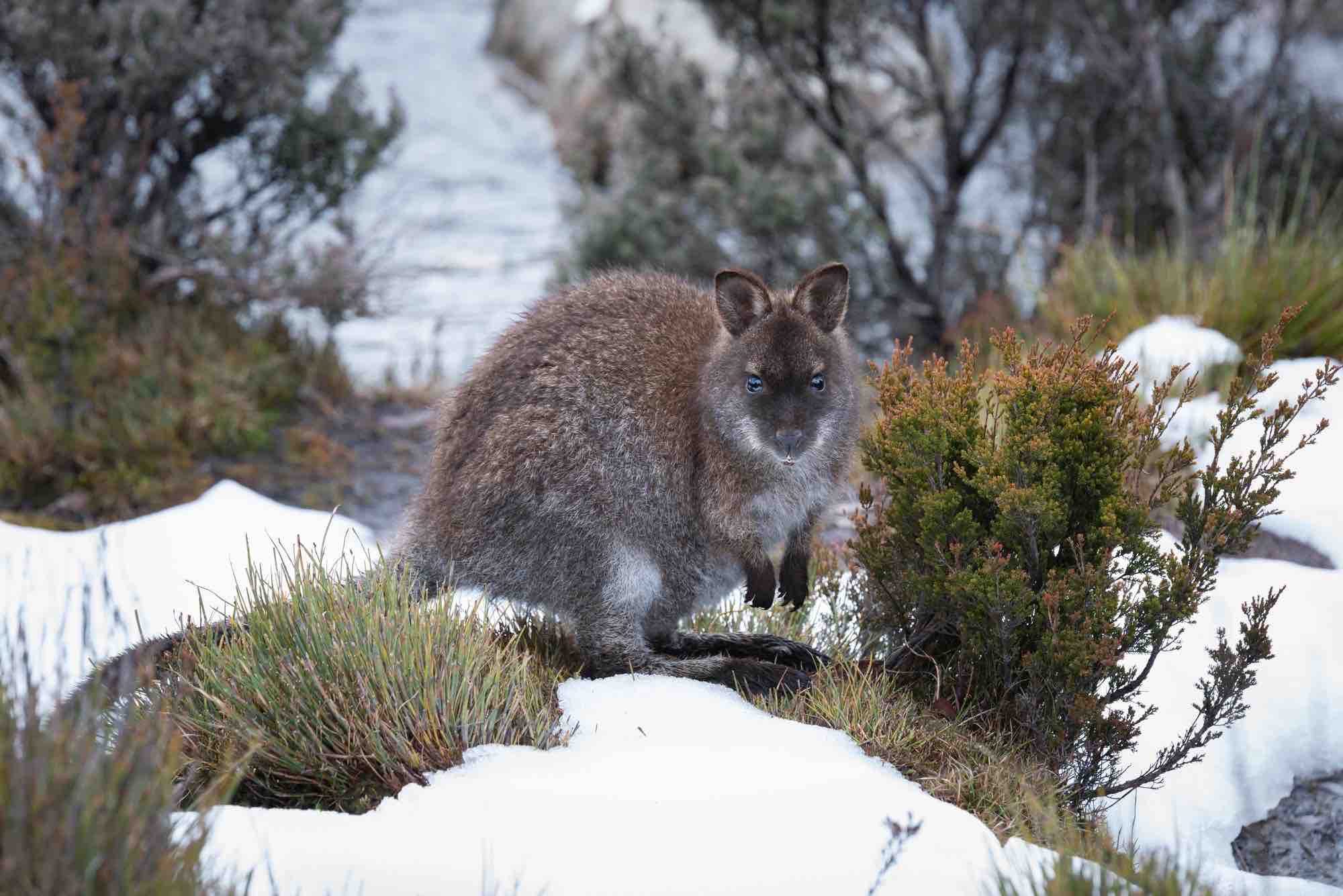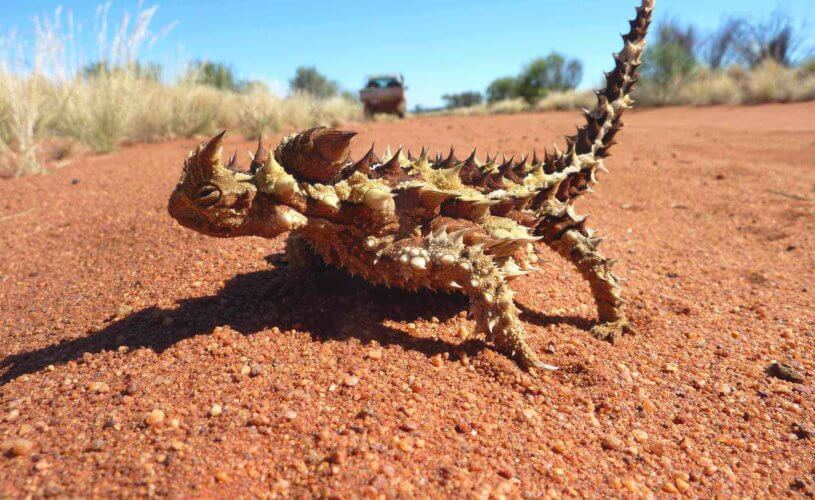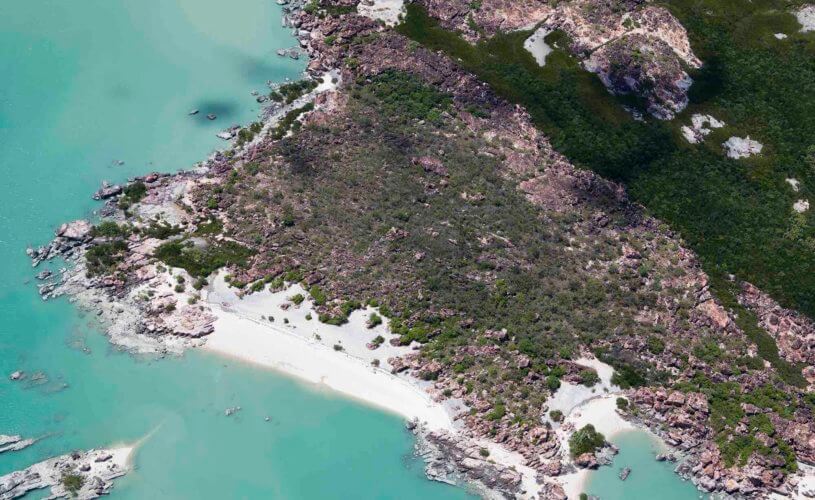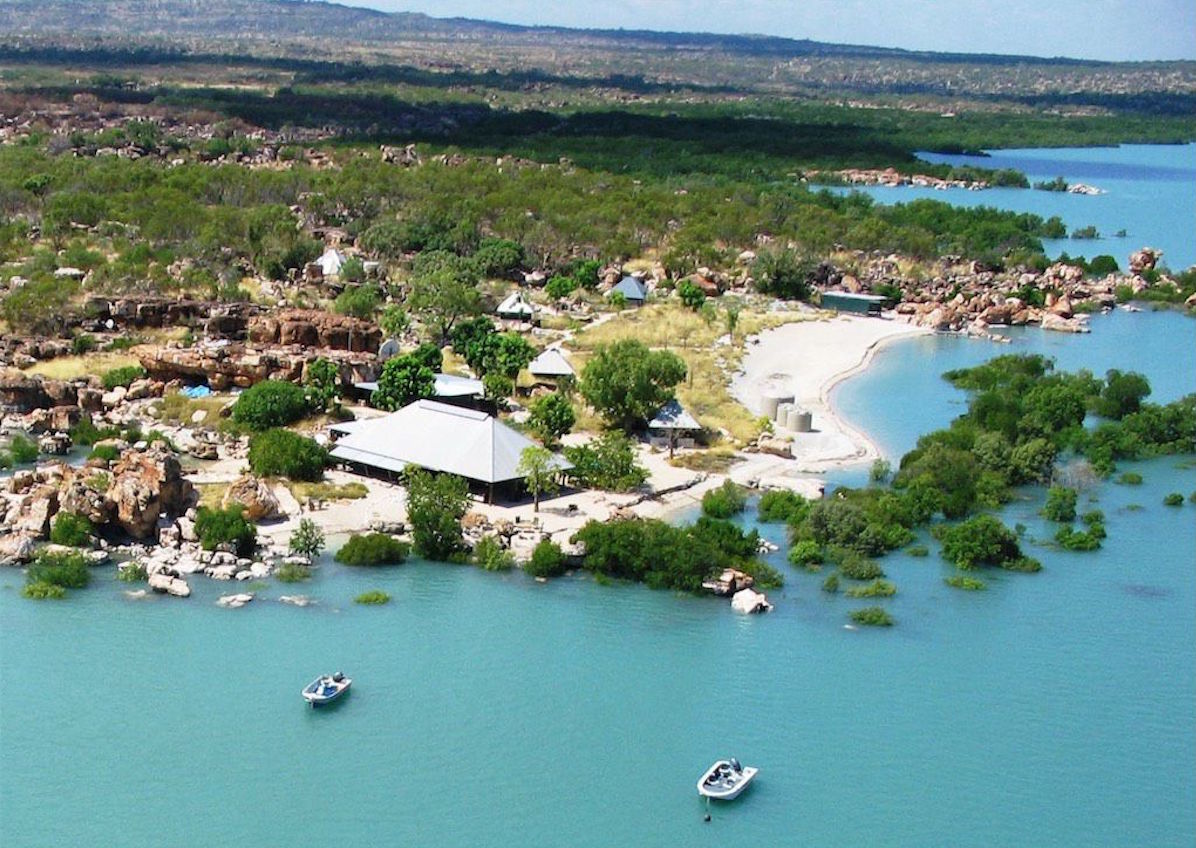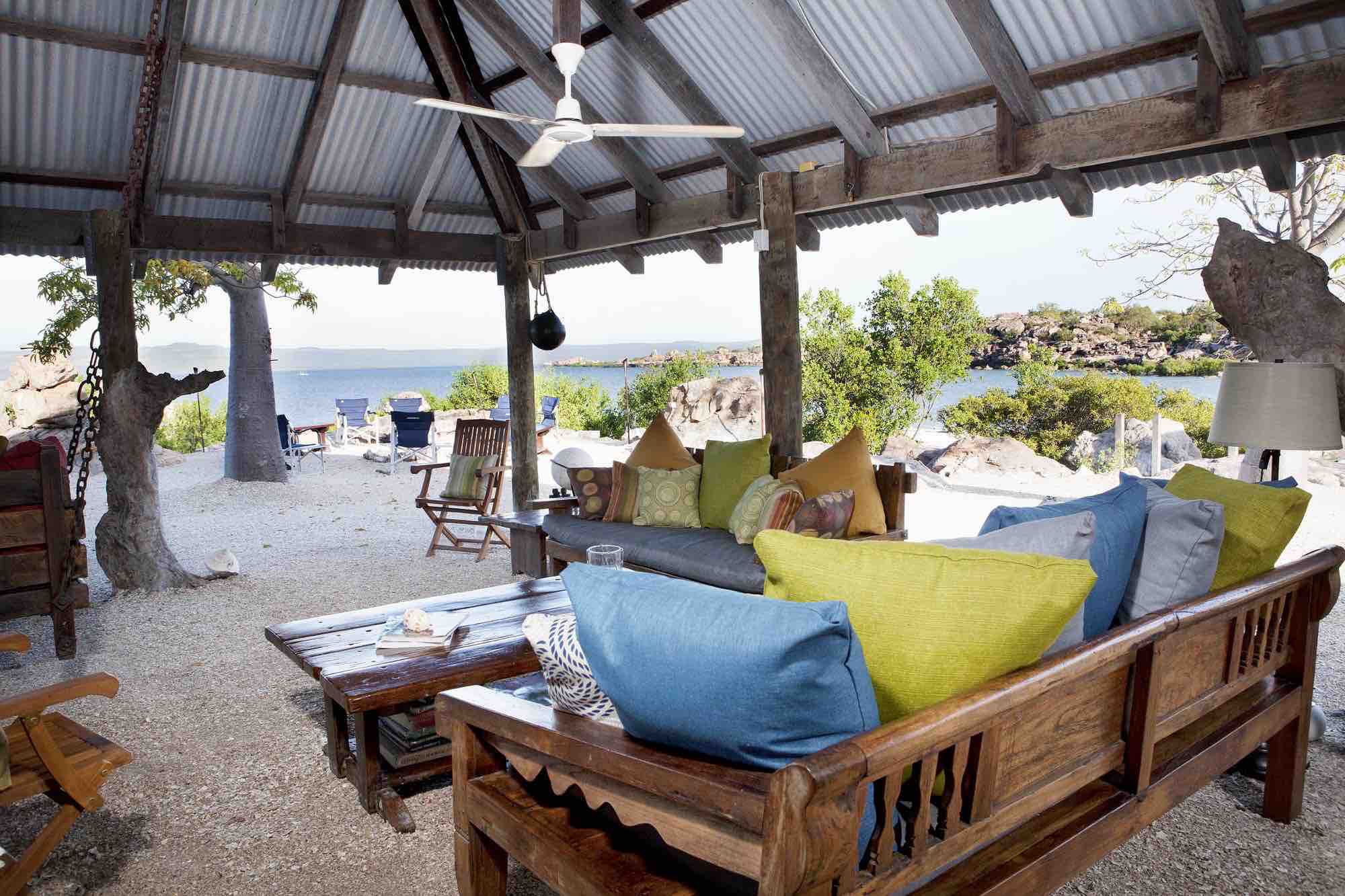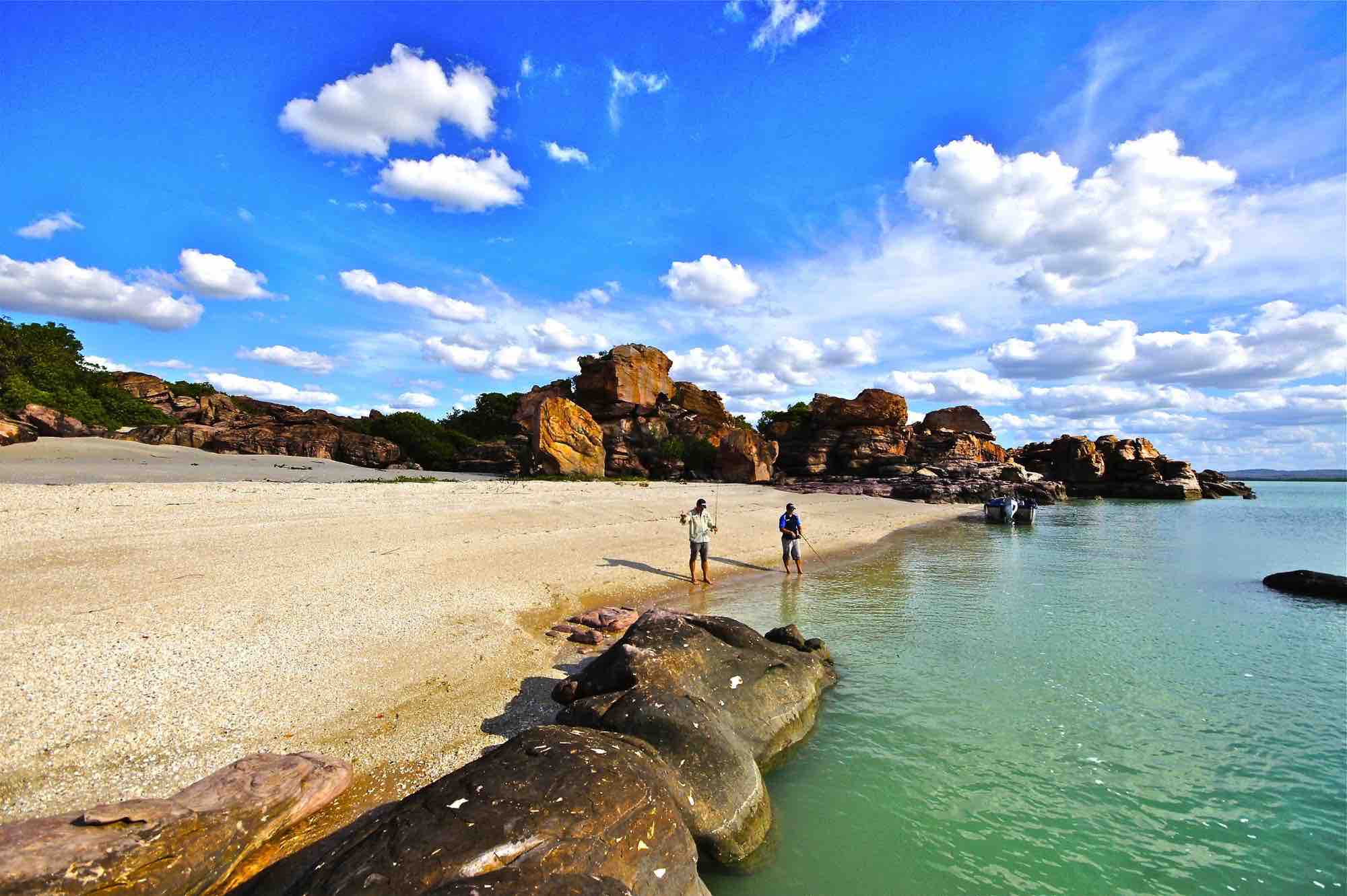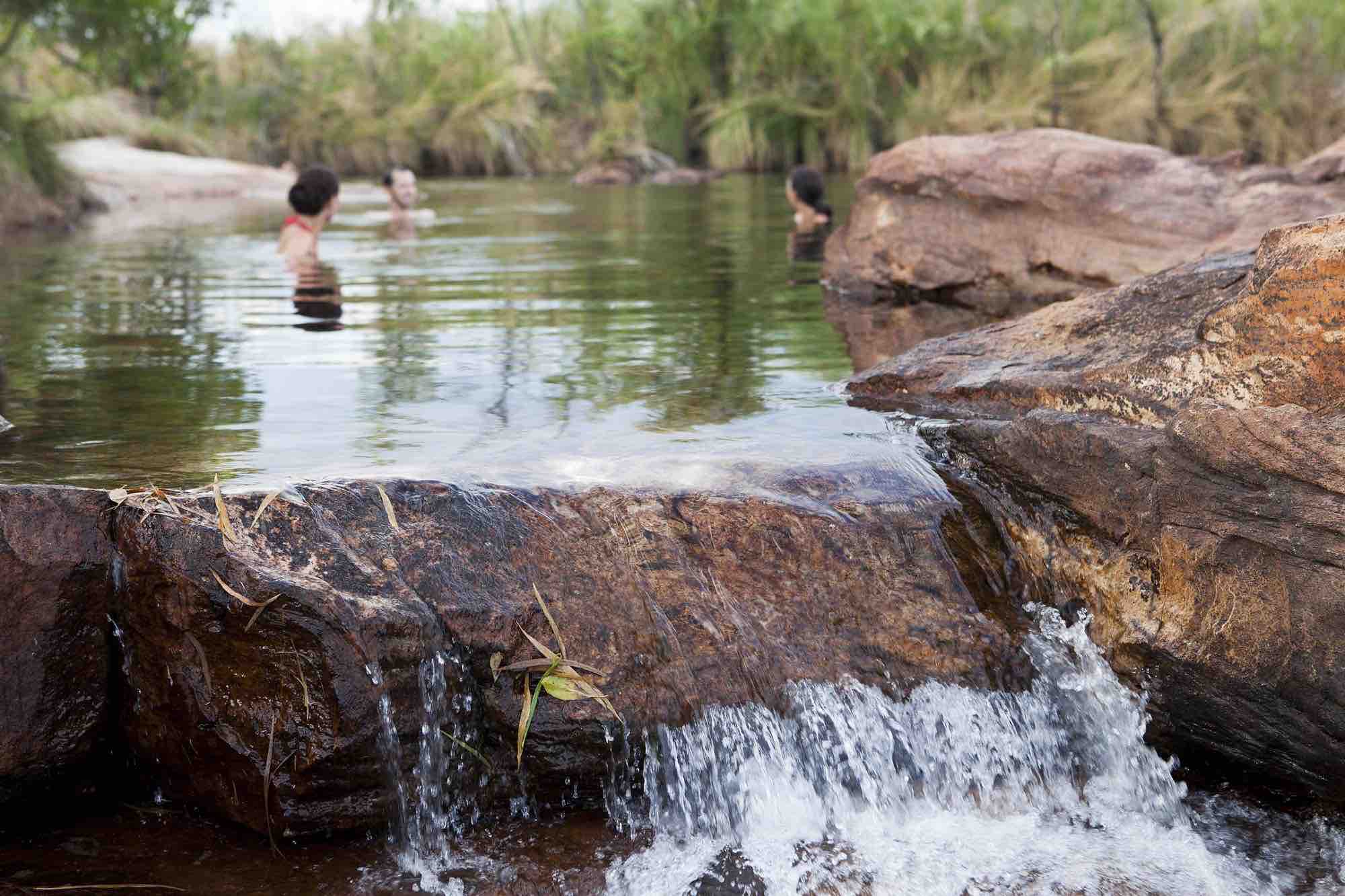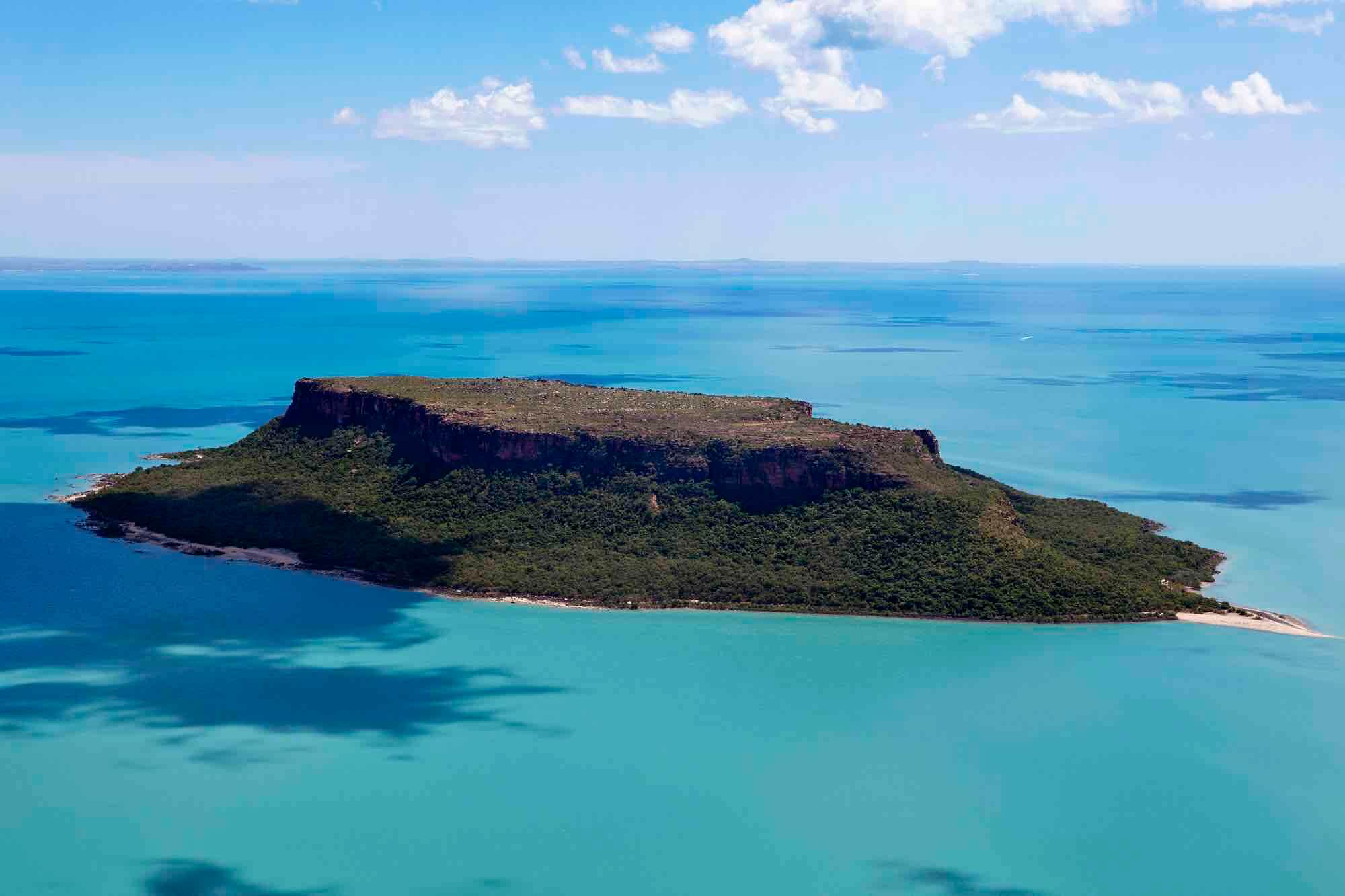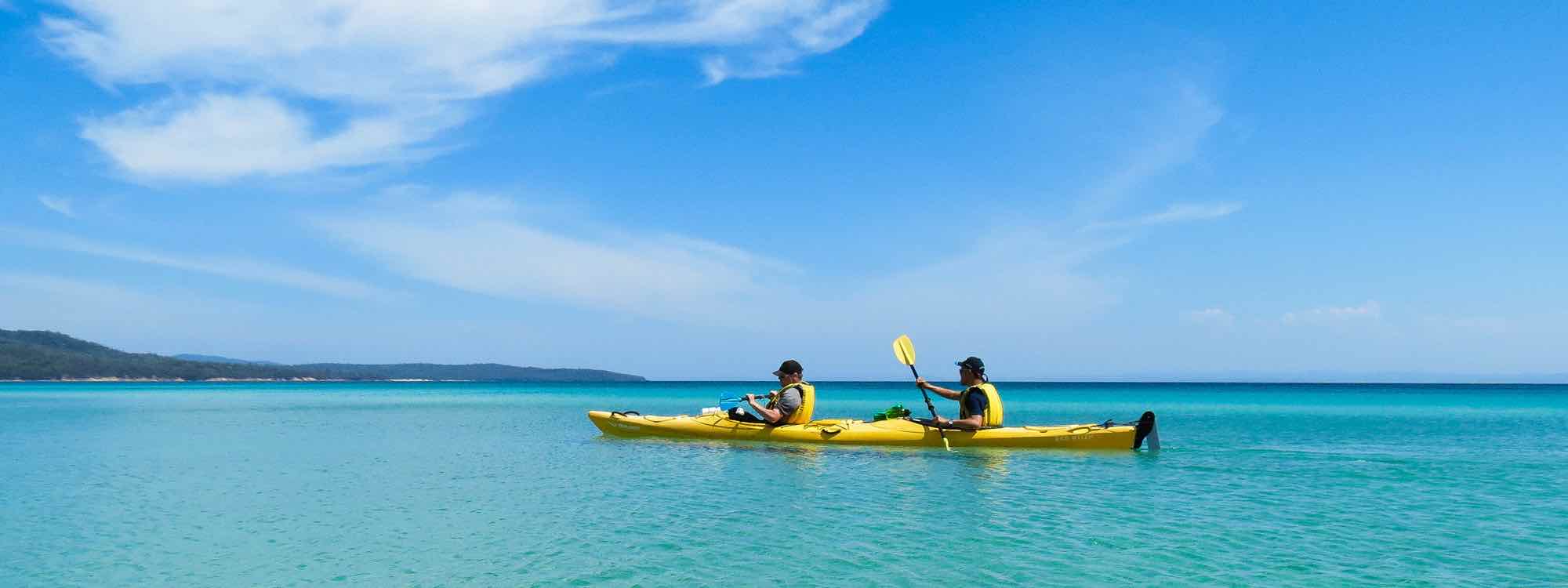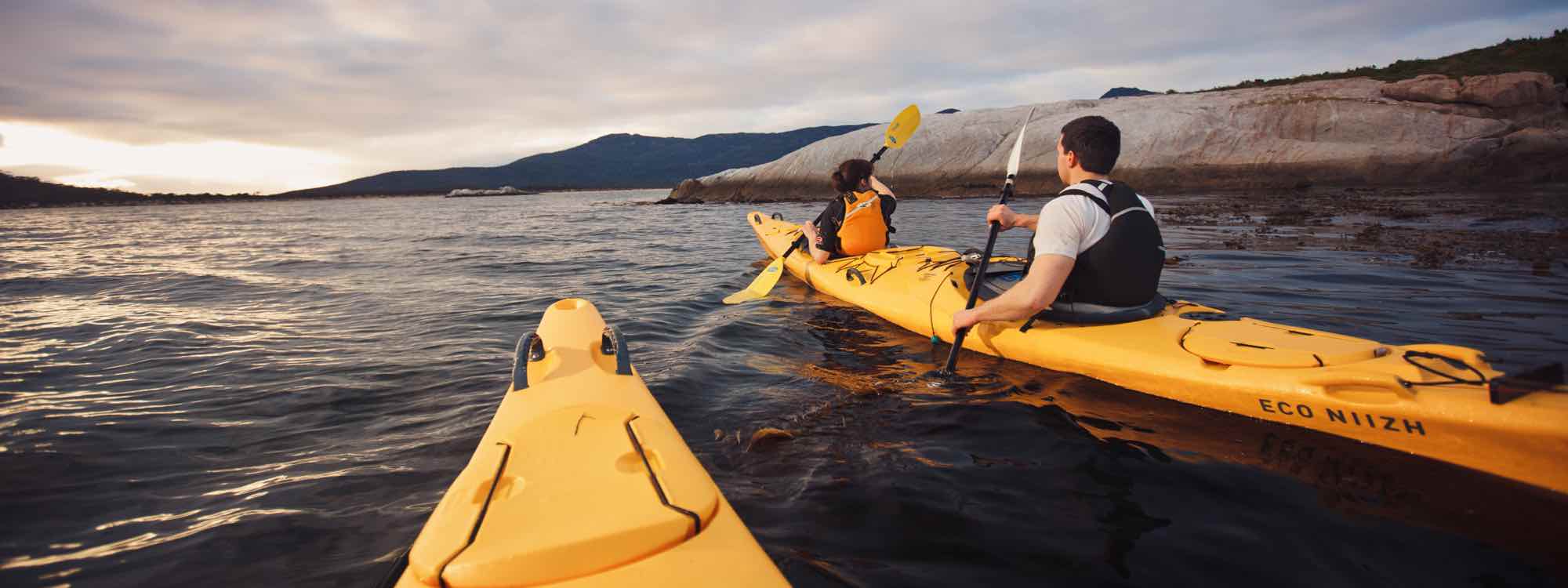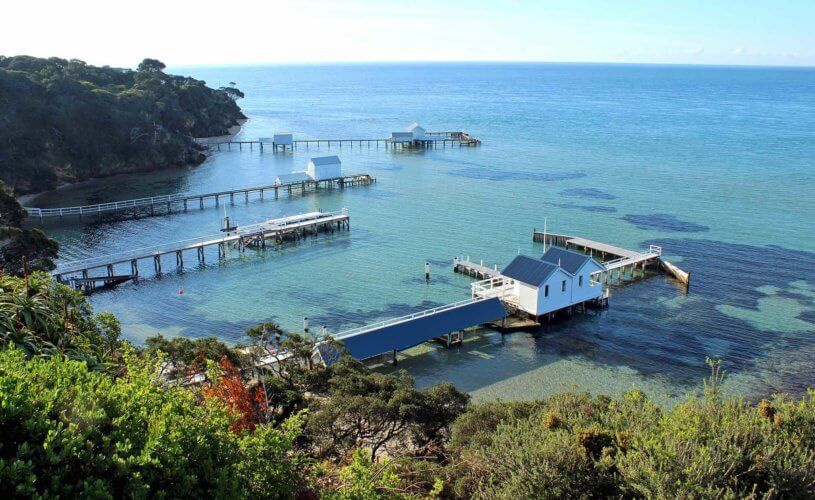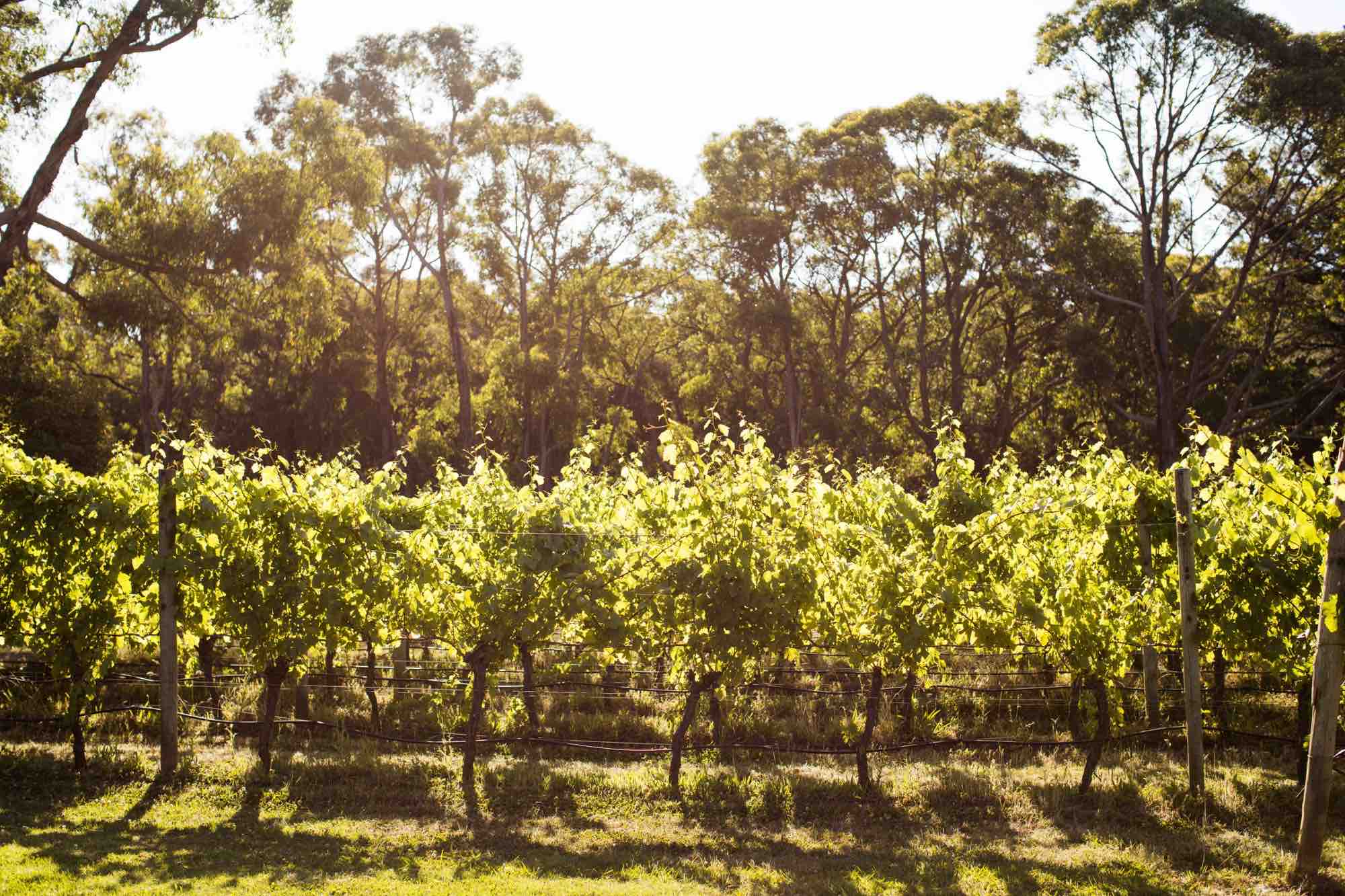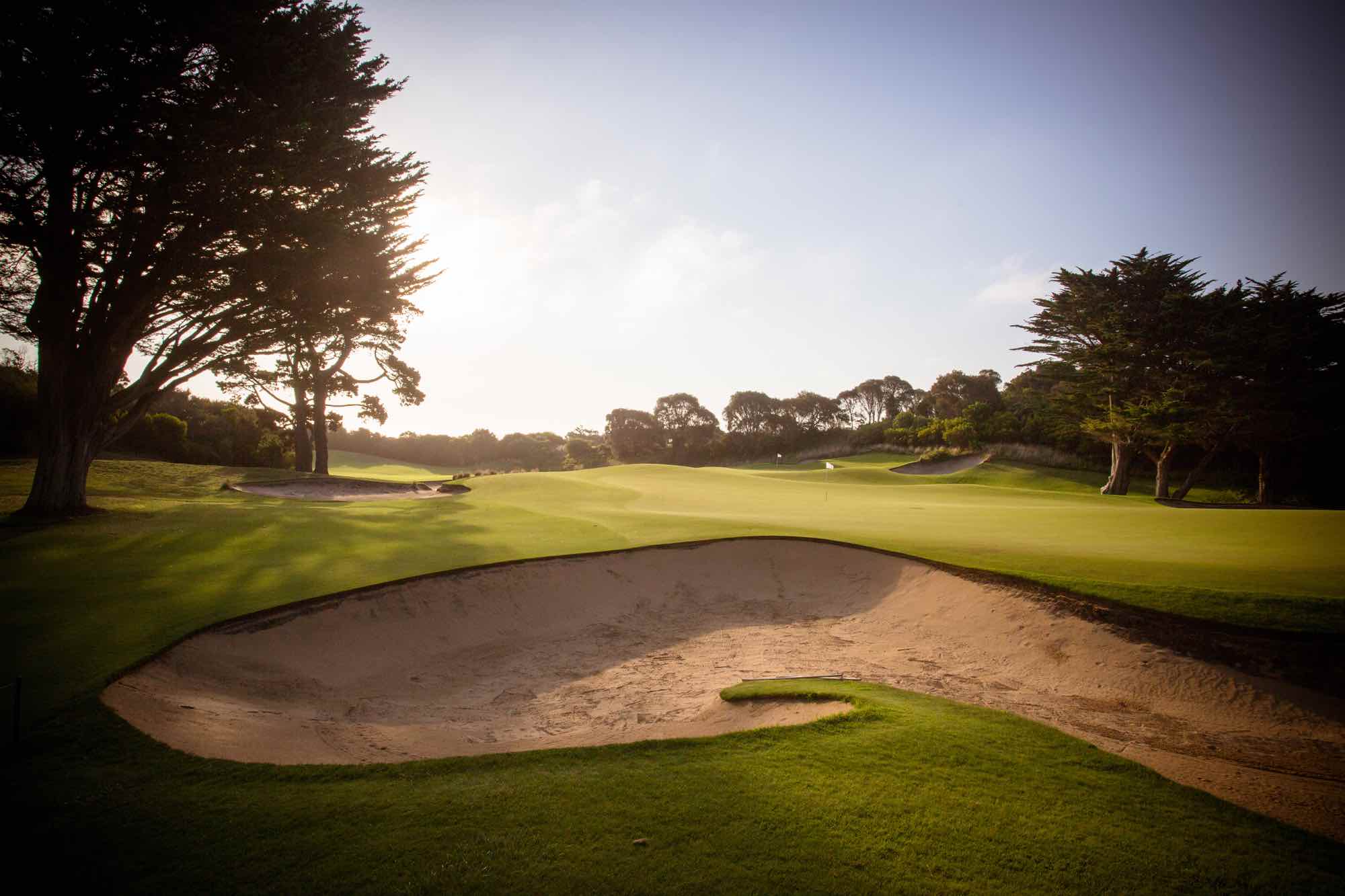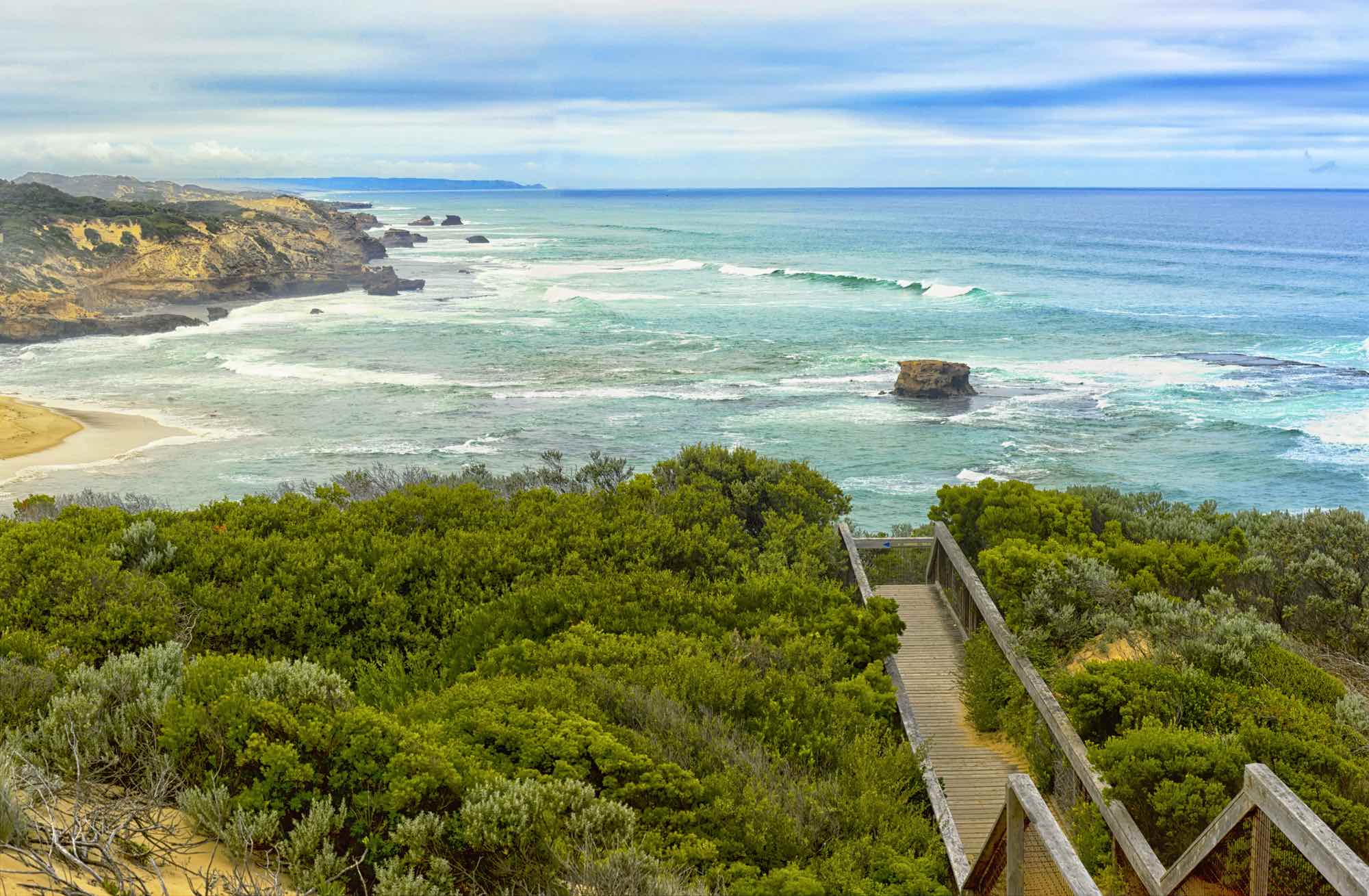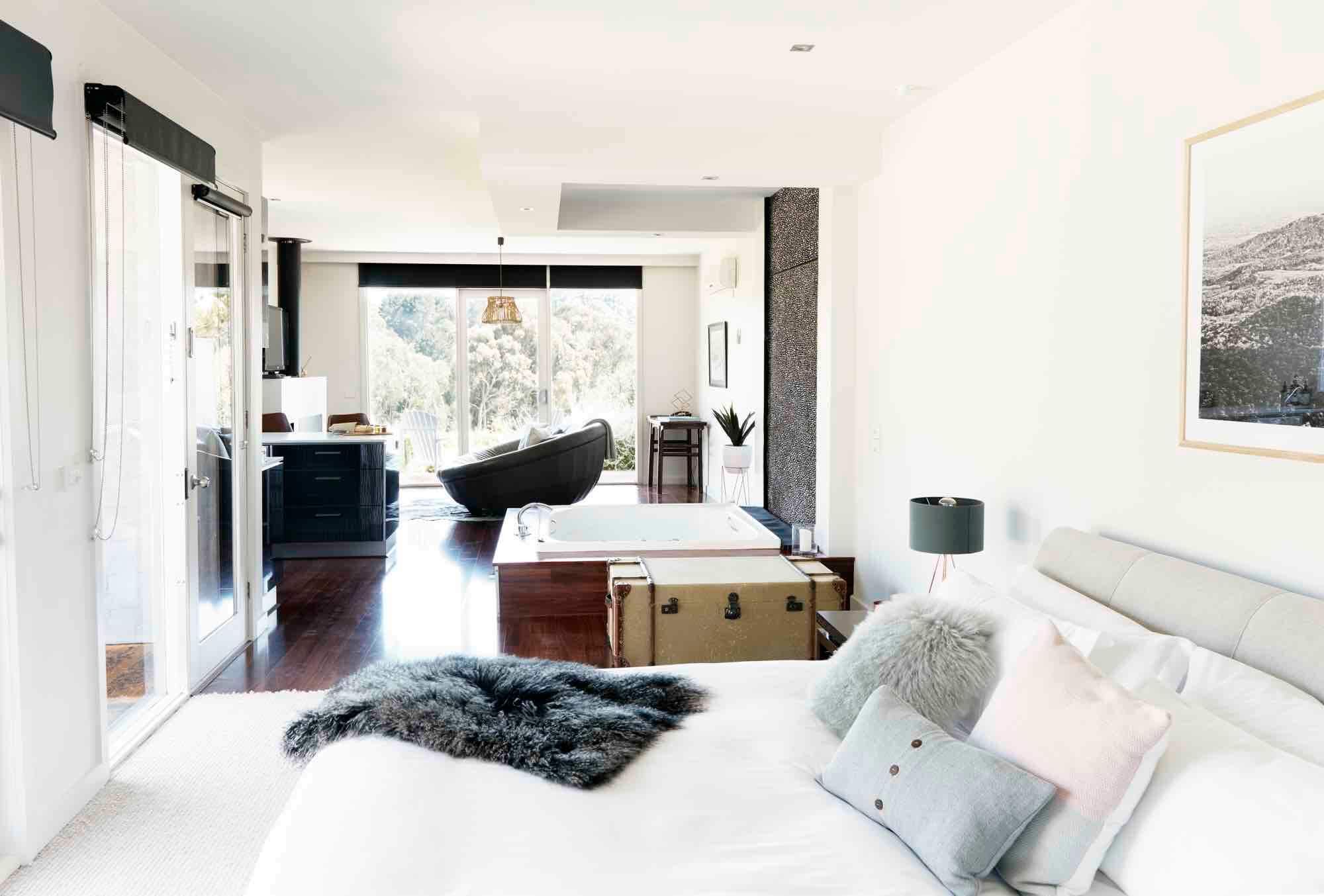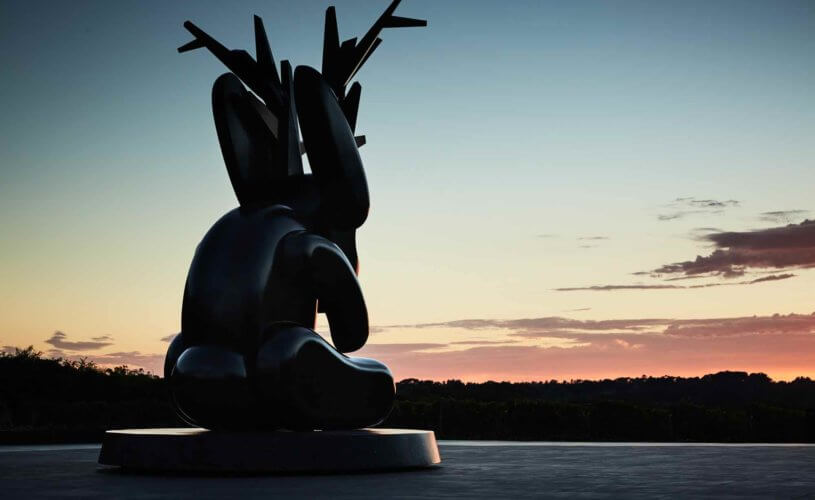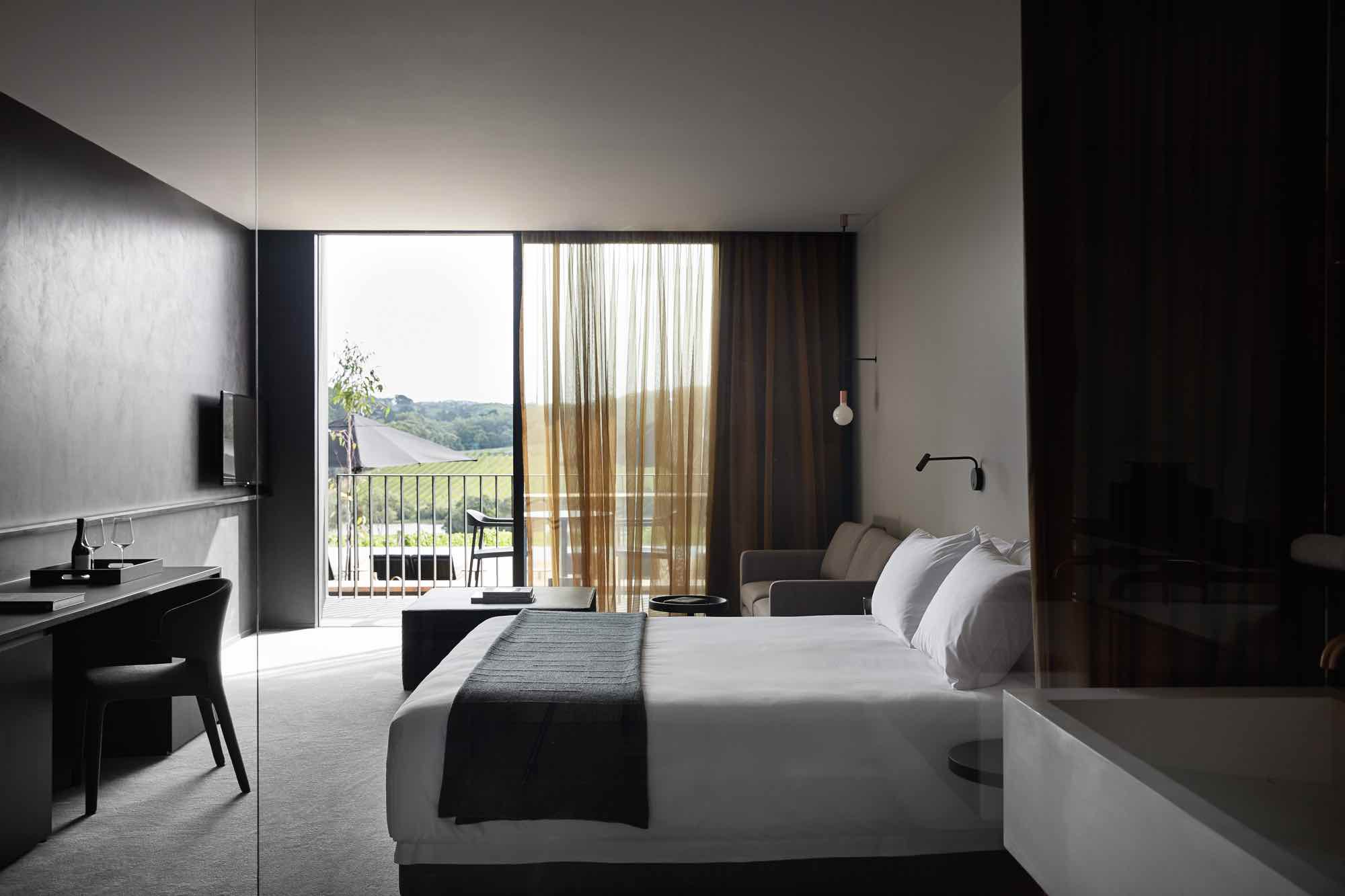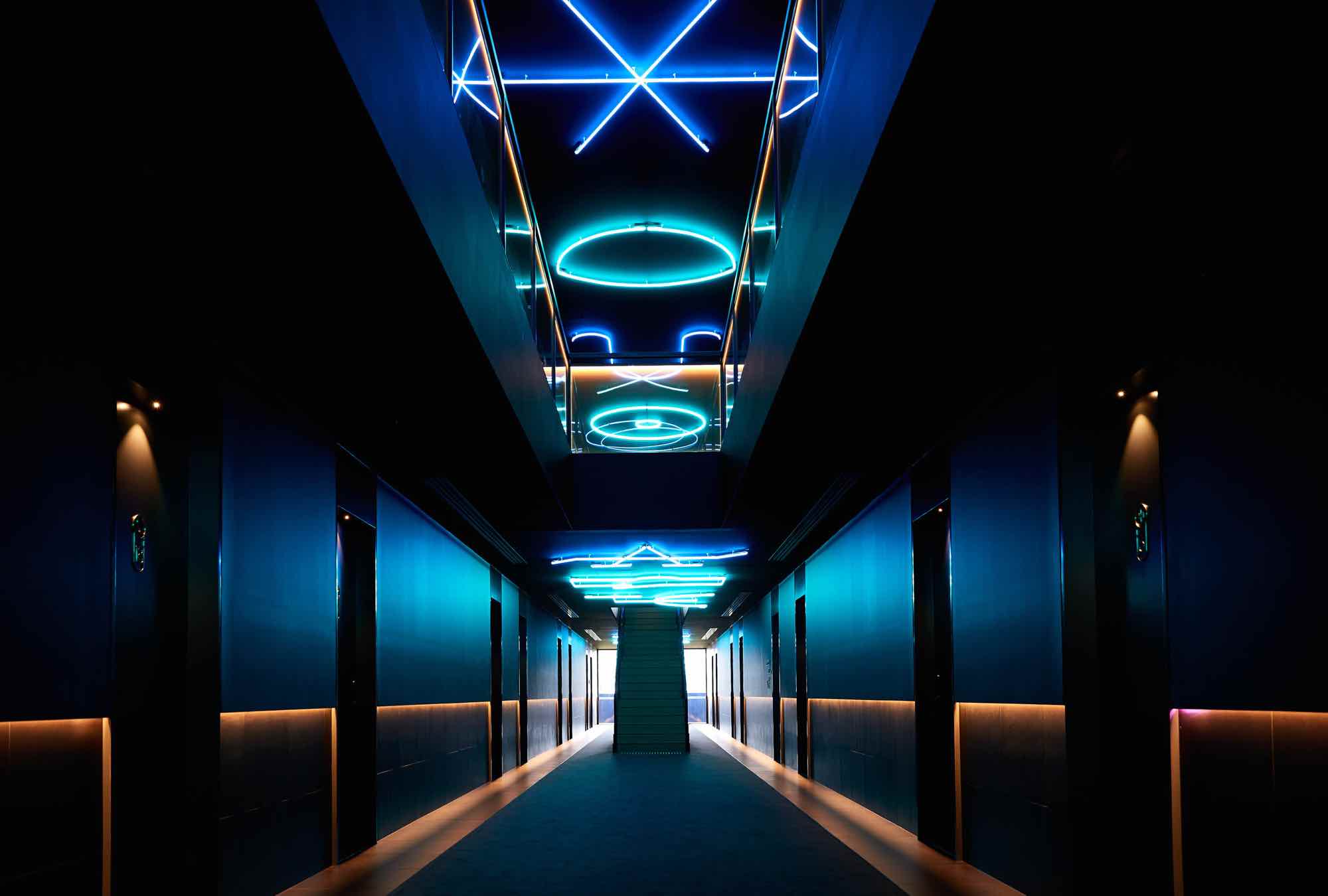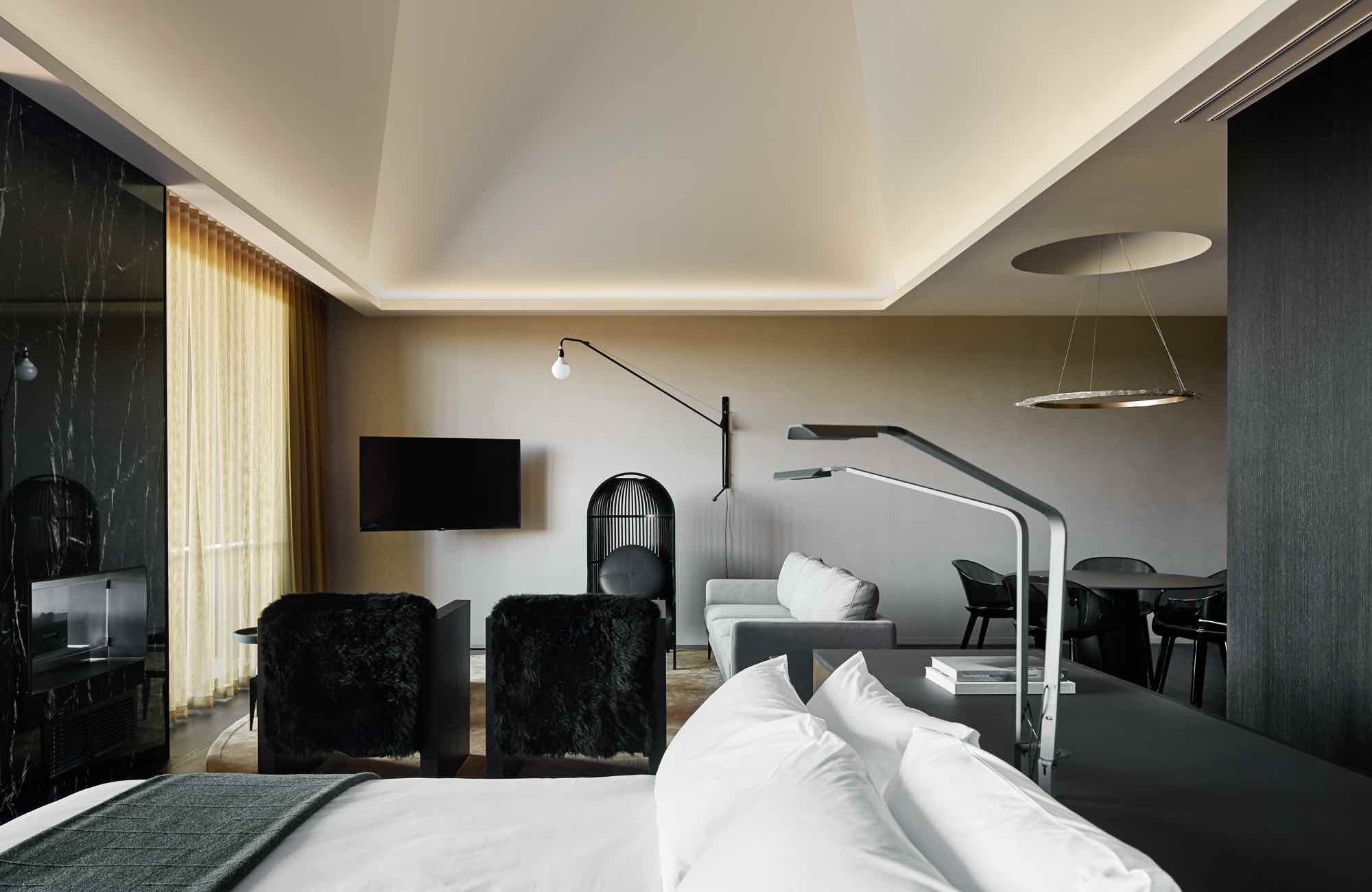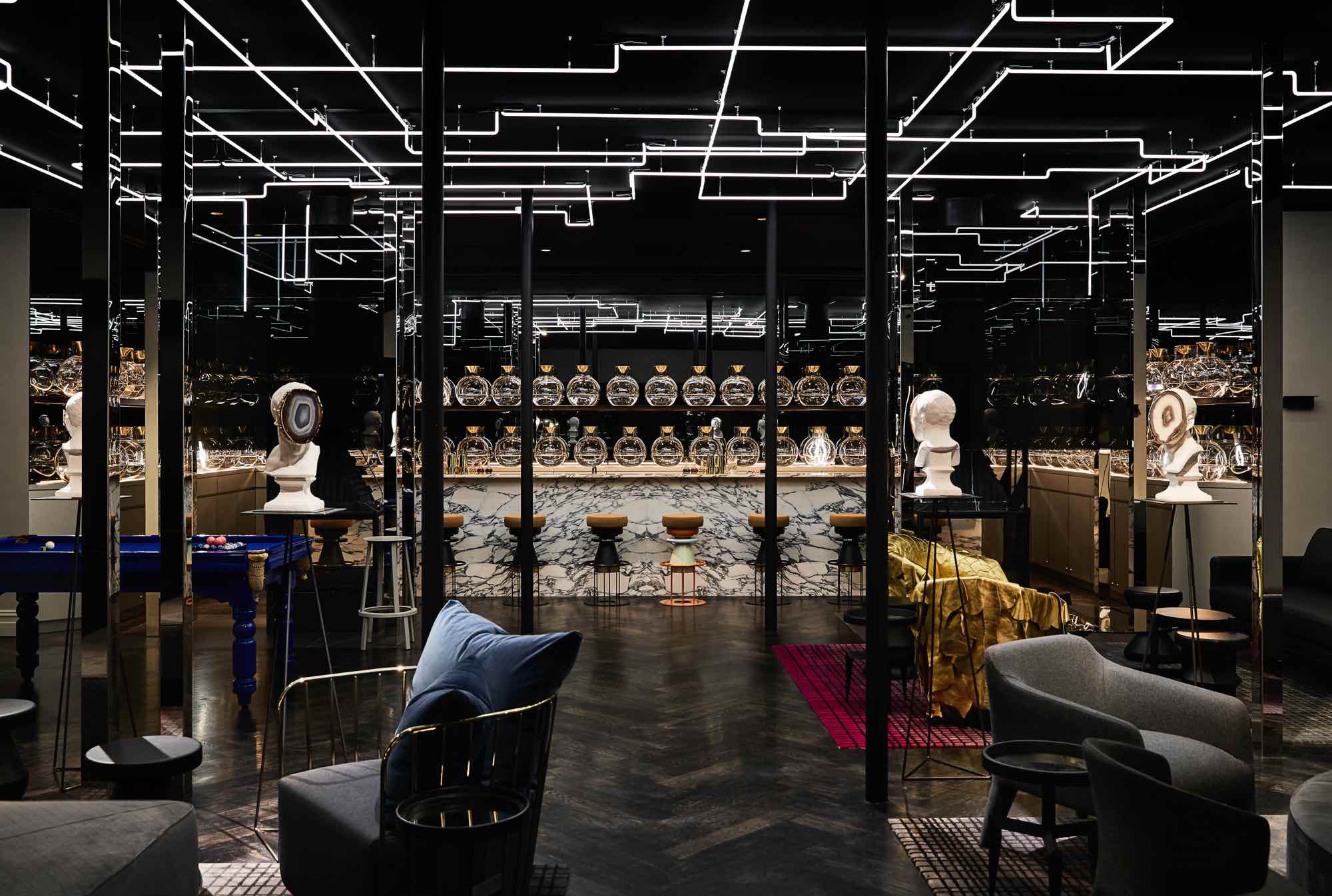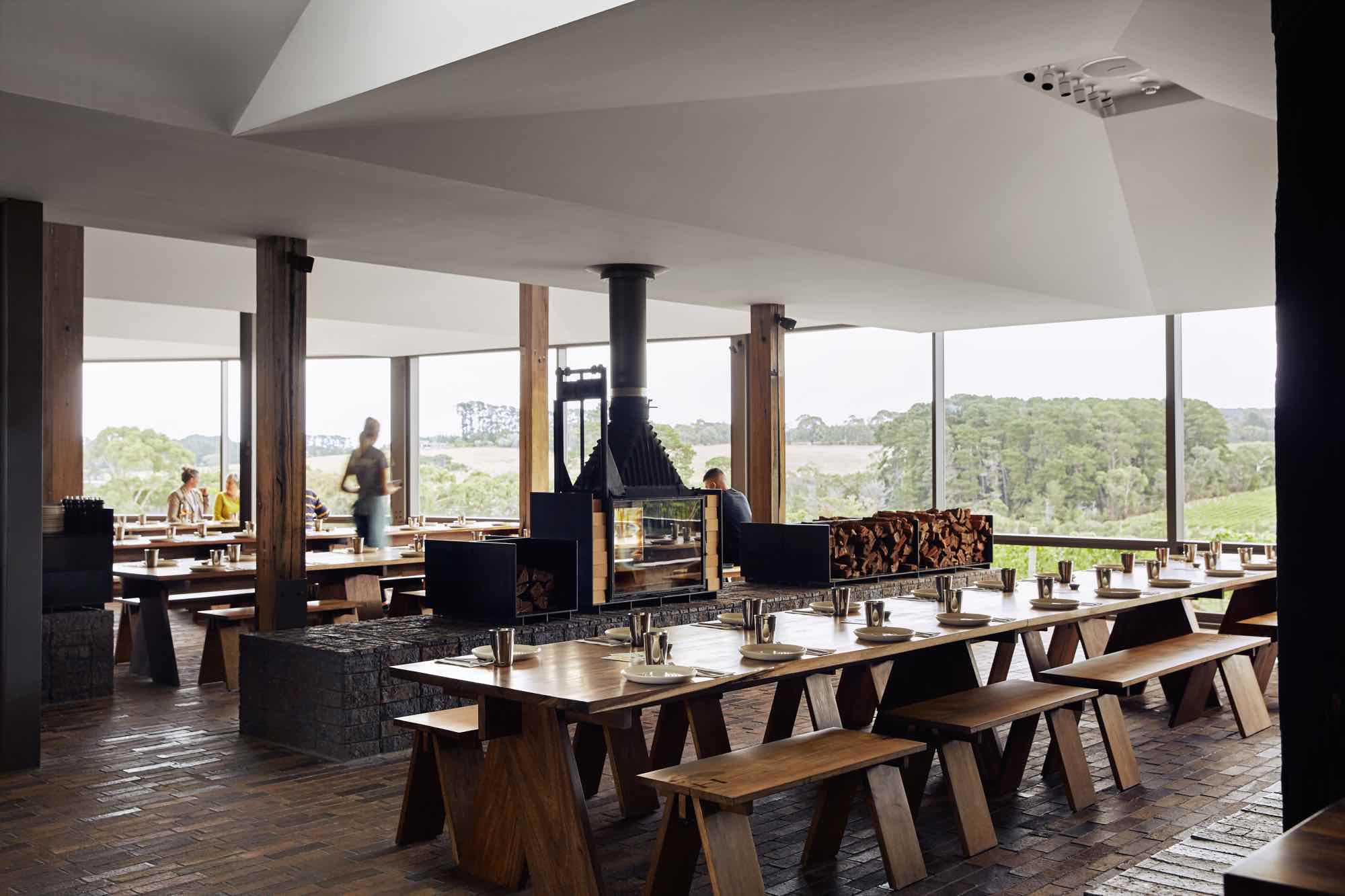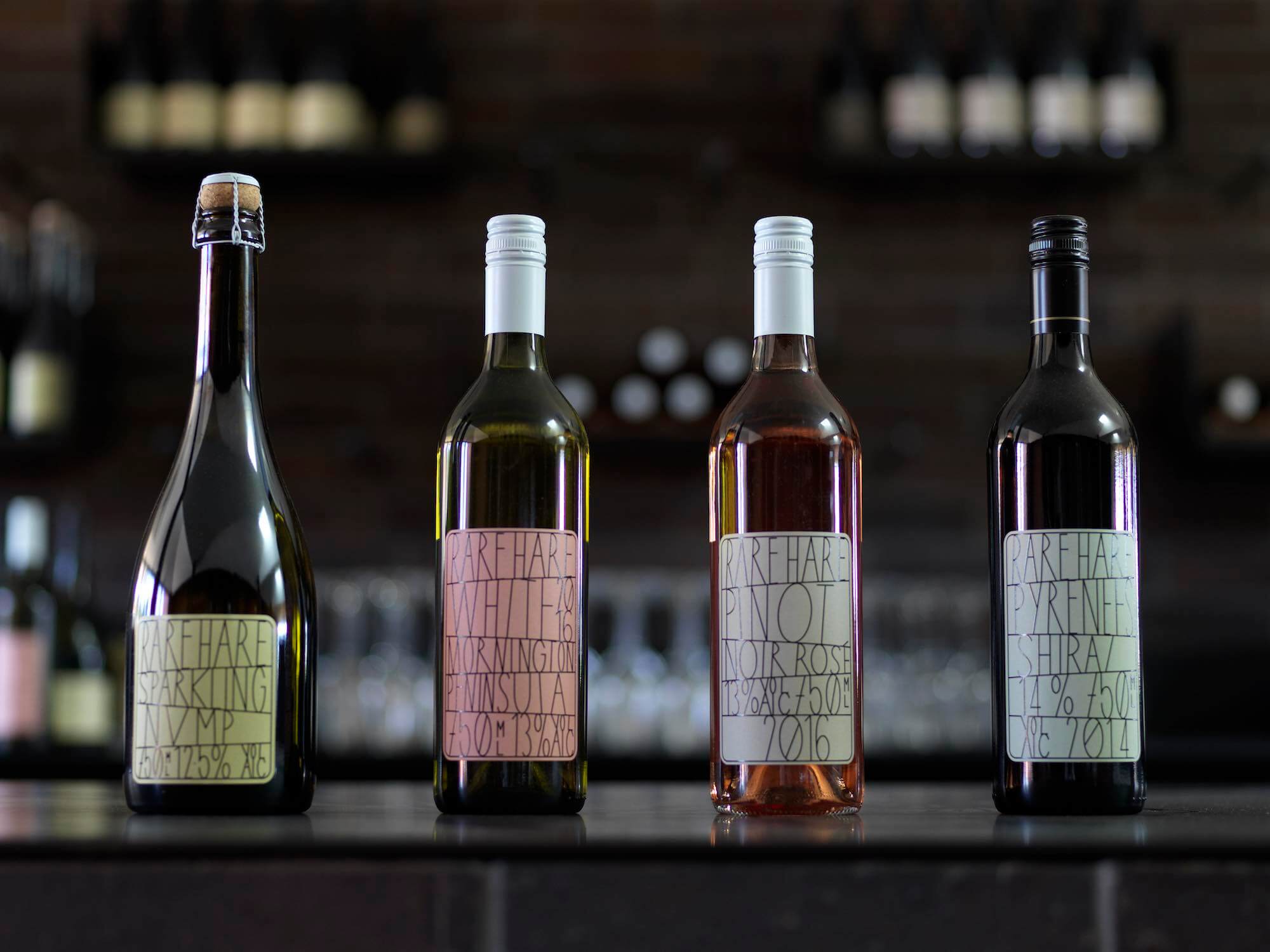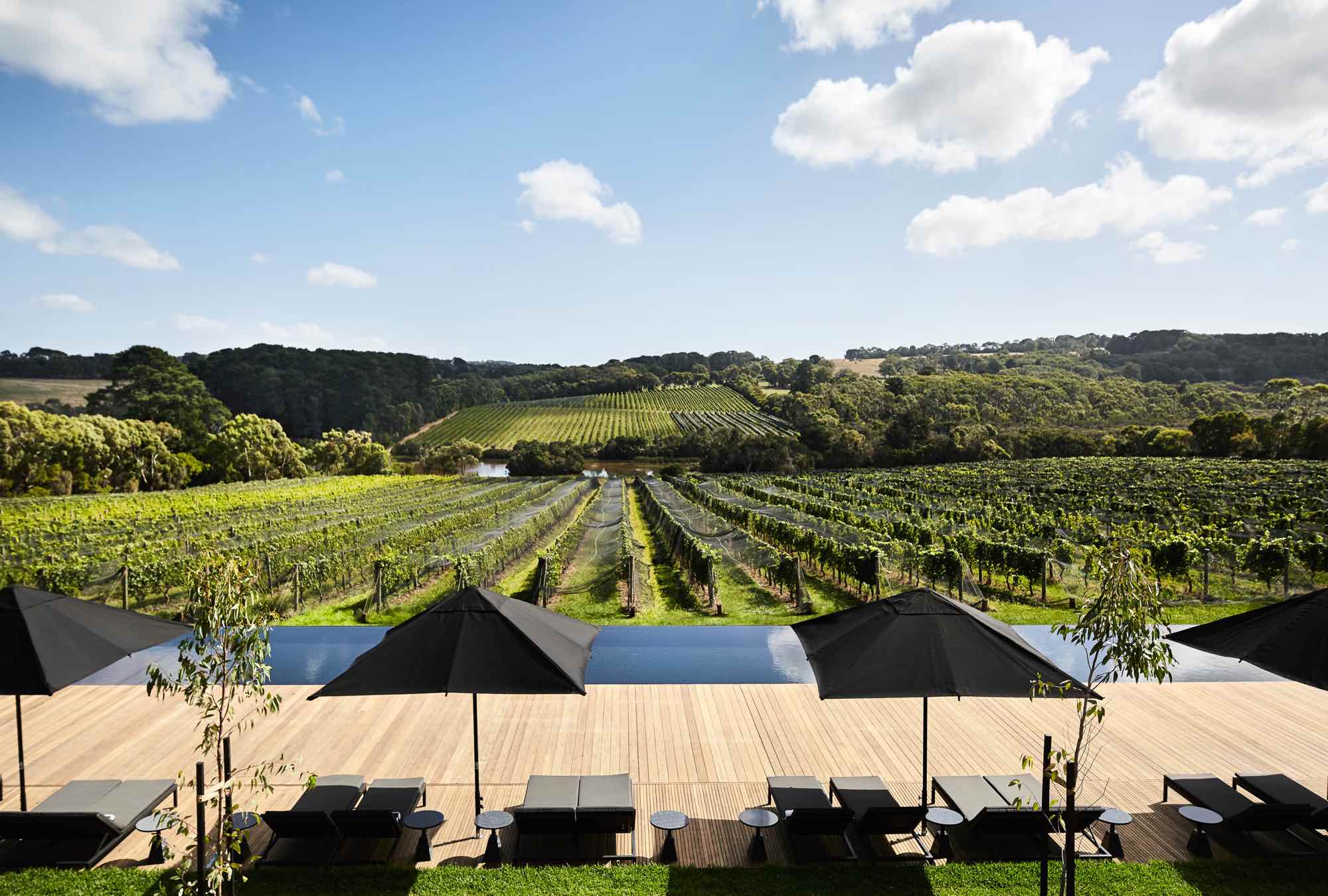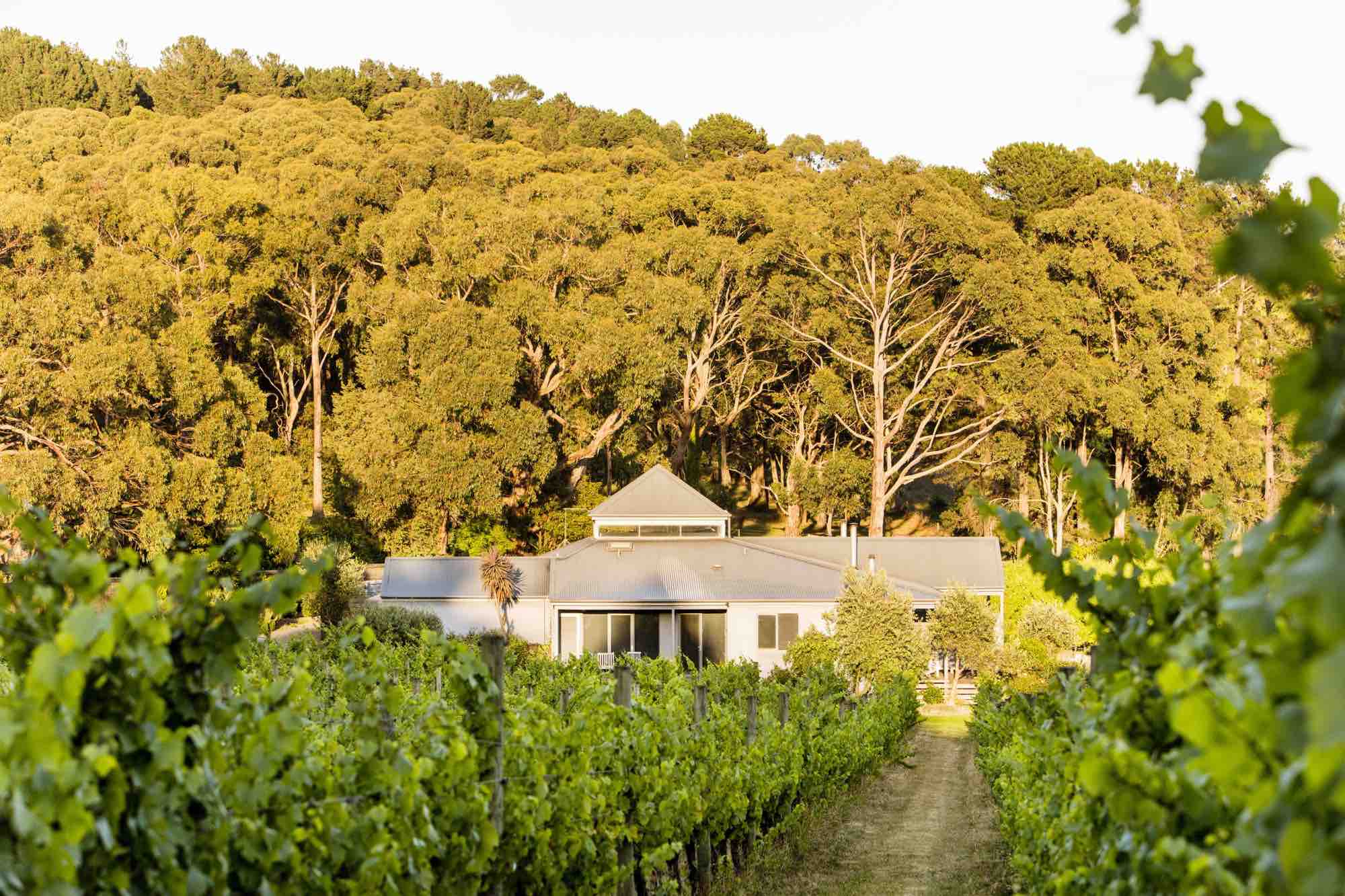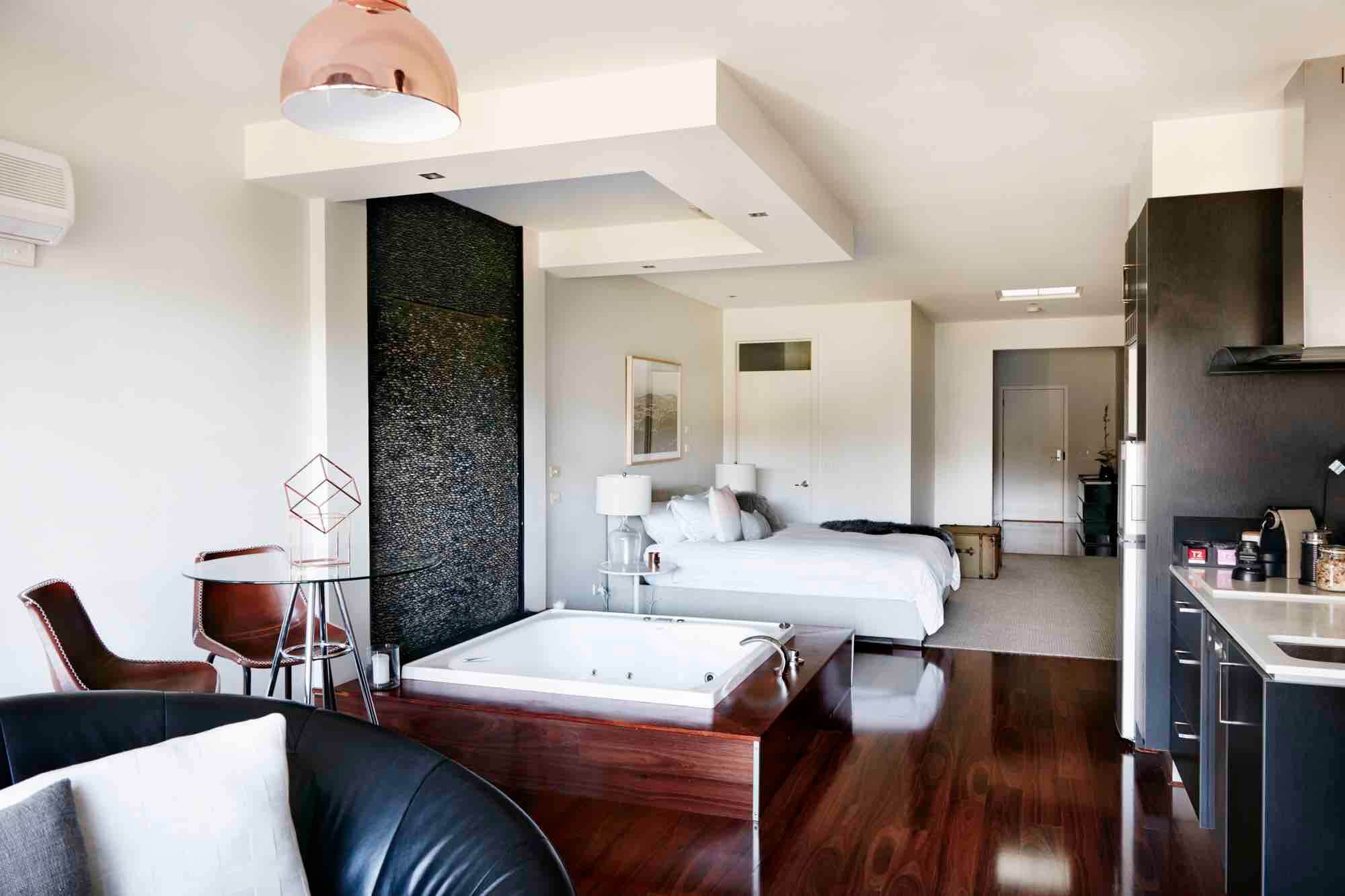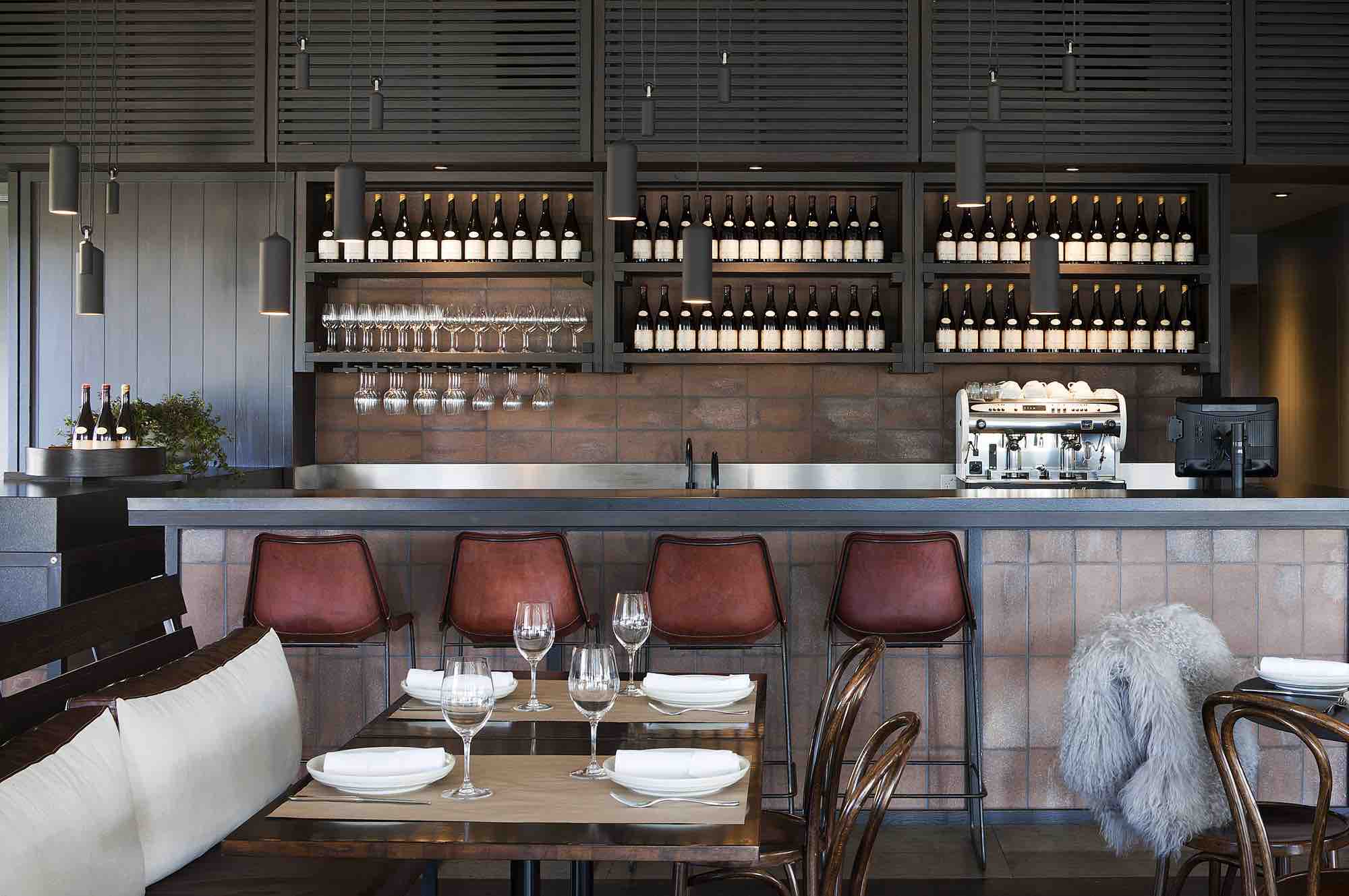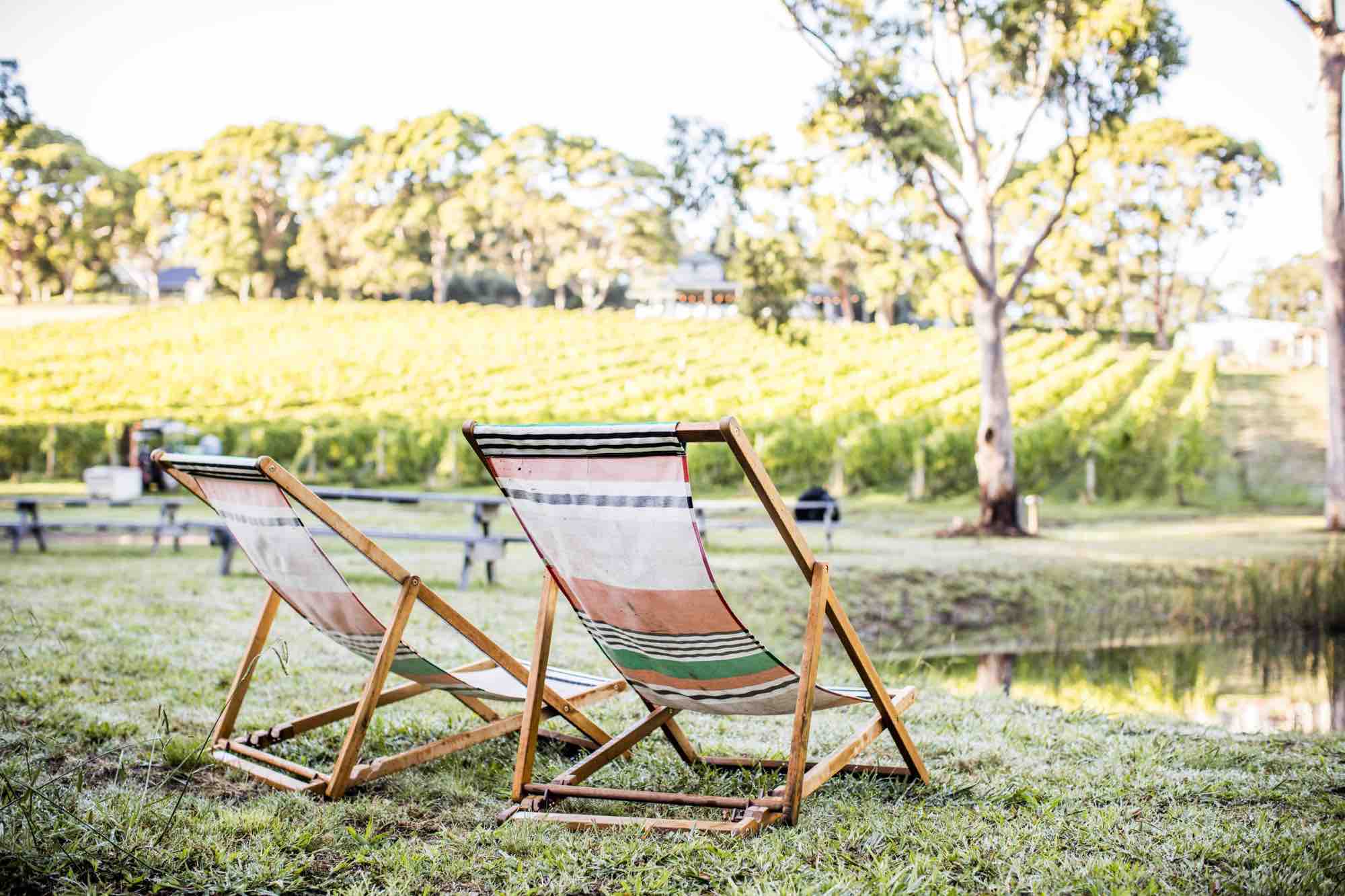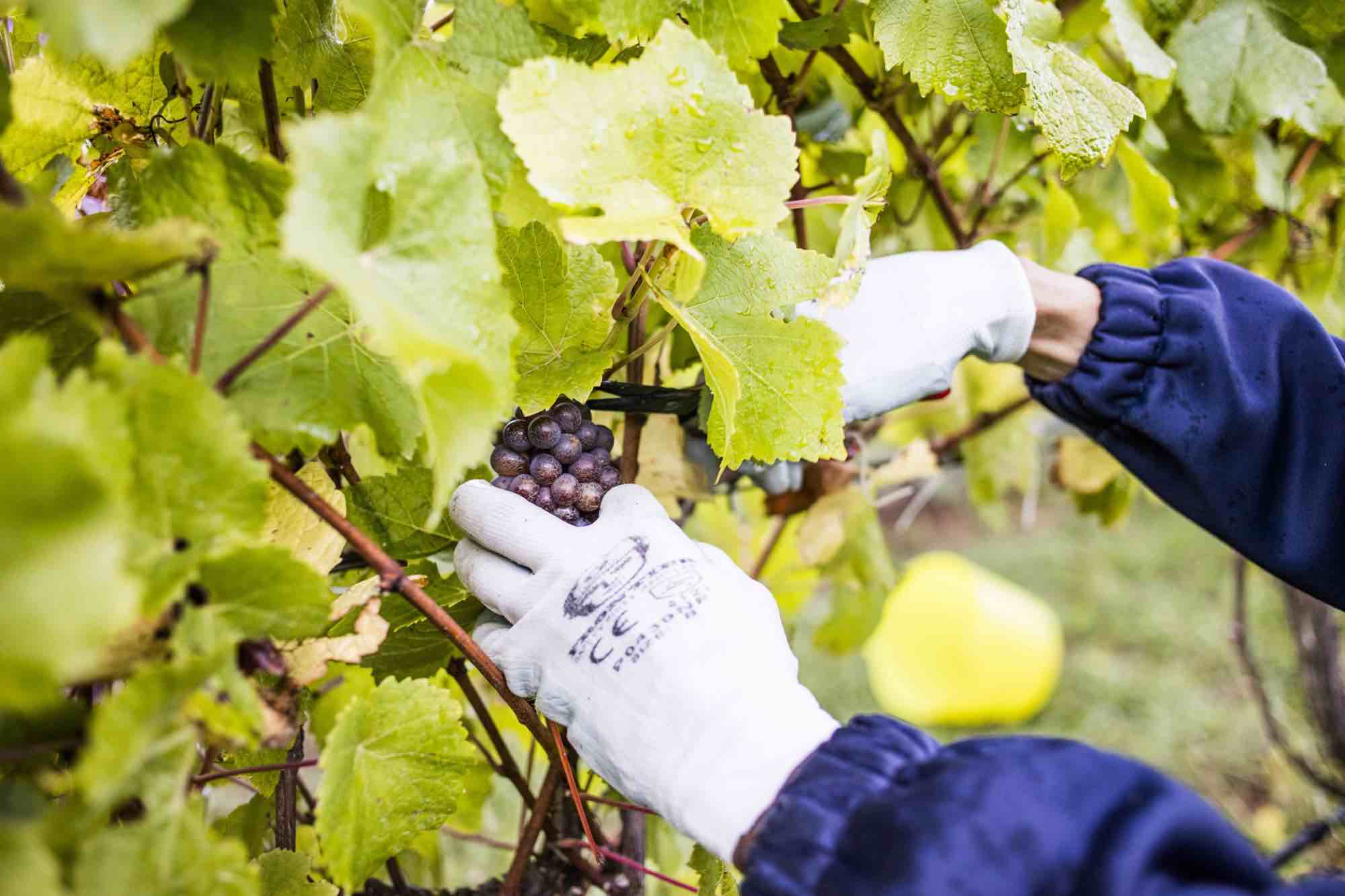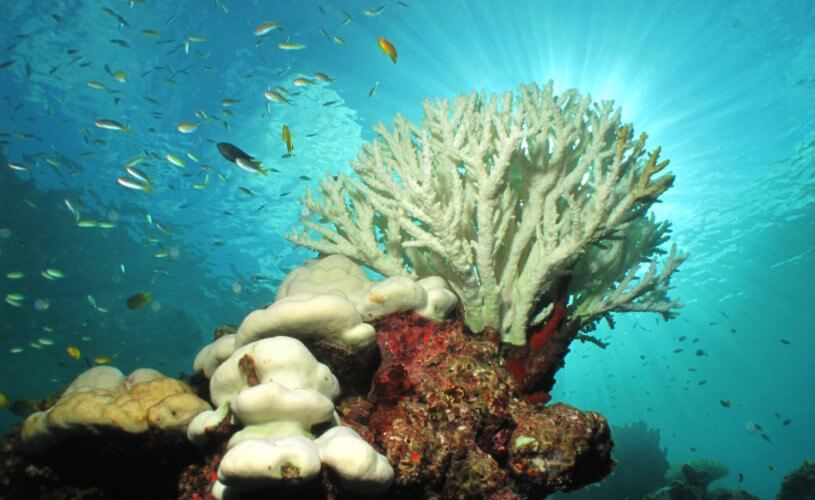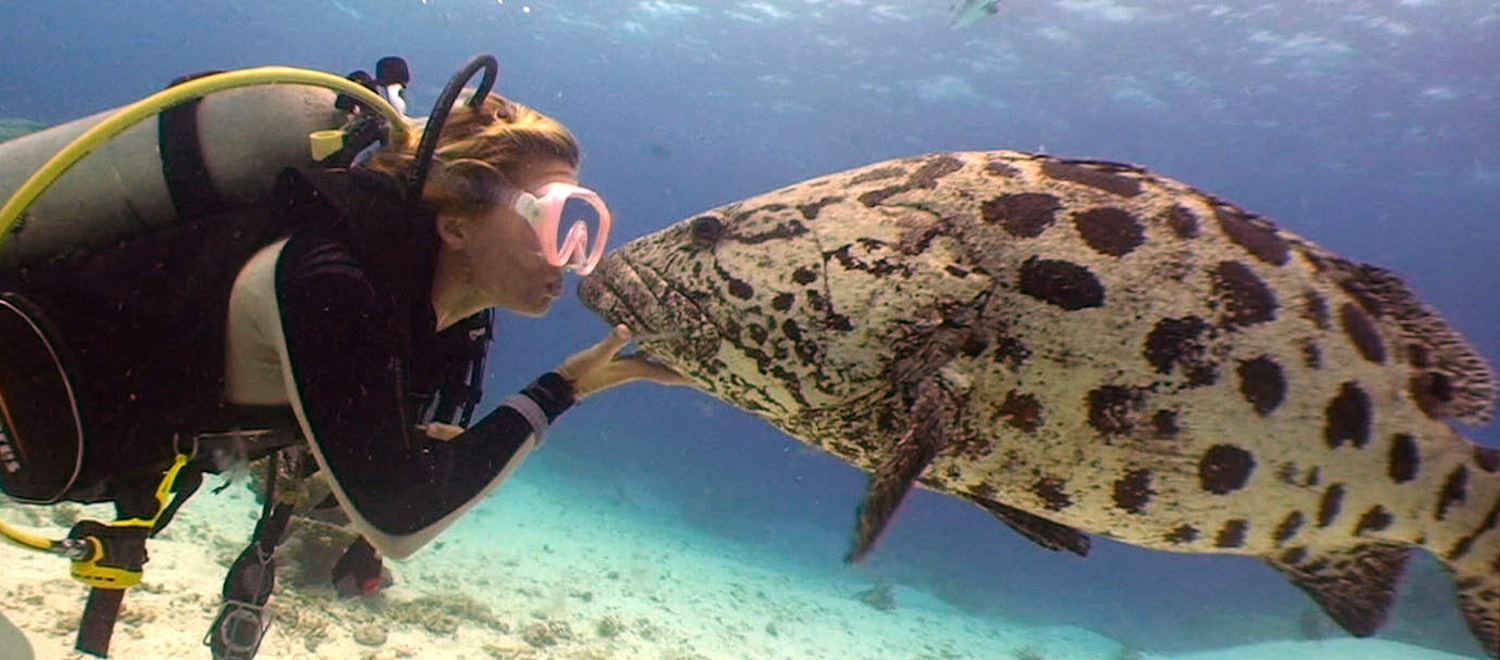SUGGESTED MONTHS: MAY, JUNE, JULY, AUGUST, SEPTEMBER, OCTOBER.
It is fitting that Australia’s most recognised locations are also abundantly rich in wildlife offerings. Beginning in picturesque Sydney Harbour, travellers will witness one of the world’s great animal migrations as Humpback Whales pass by the city’s cliffs. Next is a trip to the spiritual heart of the continent, with highlights seeing Uluru-Kata Tjuta National Park and Kings Canyon, with this region being particularly abundant in raptor birds and bushbirds.
Venturing north, World Heritage Listed Kakadu National Park is a precious nature reserve covering multiple habitats, boasting a huge concentration of nesting waterbirds, Saltwater Crocodiles, marsupials, reptiles and amphibians. The Great Barrier Reef is one of the world’s great ecological treasures, with Lady Elliot Island being a prime spot to dive and snorkel with Manta Rays, turtles, reef sharks, tropical fish and beautiful hard and soft corals.
Minimum Suggested Nights: 16 nights, plus a couple of nights on arrival and departure from Australia if desired.
Sydney

Departing from one of the world’s most beautiful harbours, guests will board a luxury cruiser led by an experienced guide and crew, to encounter one of the greatest natural migrations in the world. Known for their spectacular acrobatic abilities, seeing Humpback Whales launch out of the ocean with sheer energy is awe-inspiring.
Guides will share key insights on the whales’ behaviour and on many occasions, these majestic and curious creatures will interact with the boat. Combined with Sydney’s stunning coastal backdrop, this cruise is a truly unforgettable experience. Other marine species that may be encountered include Bottlenose Dolphins, Minke Whales and pelagic seabirds including a wide variety of Albatrosses.
Winter: Jun-Aug – Birds
Peak season for viewing albatrosses, petrels and prions. Black-browed, Campbell, Shy, Indian Yellow-nosed, Buller’s, Gibson’s, Grey-headed and Wandering Albatrosses are sighting possibilities. Fairy Prions congregate, Providence, Wilson’s Cape, Northern Giant, Southern Giant Petrels, Brown Skuas, Australasian Gannets, Crested Terns.
Spring: Sep-Nov – Birds
Wedge-tailed, Flesh-footed, Sooty, Hutton’s and Fluttering Shearwaters arrive in significant numbers in September and October. Black-browed, Shy and Indian Yellow-nosed are the most likely albatross encounters. Giant Petrel, Great-winged Petrel and Providence Petrels are also occasionally seen, with Australasian Gannets, Silver Gull and Greater Crested Terns ever present.
Winter: Jun-Aug – Marine Mammals
Humpback Whales head north to give birth and mate in the waters of the Coral Sea, providing plenty of sightings close to shore, Southern Right Whale will occasionally move along the coastline seeking places to mate and shelter with their newborn calves.
Spring: Sep-Nov – Marine Mammals
Humpback Whales head south on migration to Antarctica. Early October to Mid December, mothers and newborn calves tend to swim very close to the shoreline, Common Dolphin and Bottlenose Dolphins often sighted with occasional visits by Minke Whales, False Killer Whales, Orcas and Pilot Whales..
The Red Centre
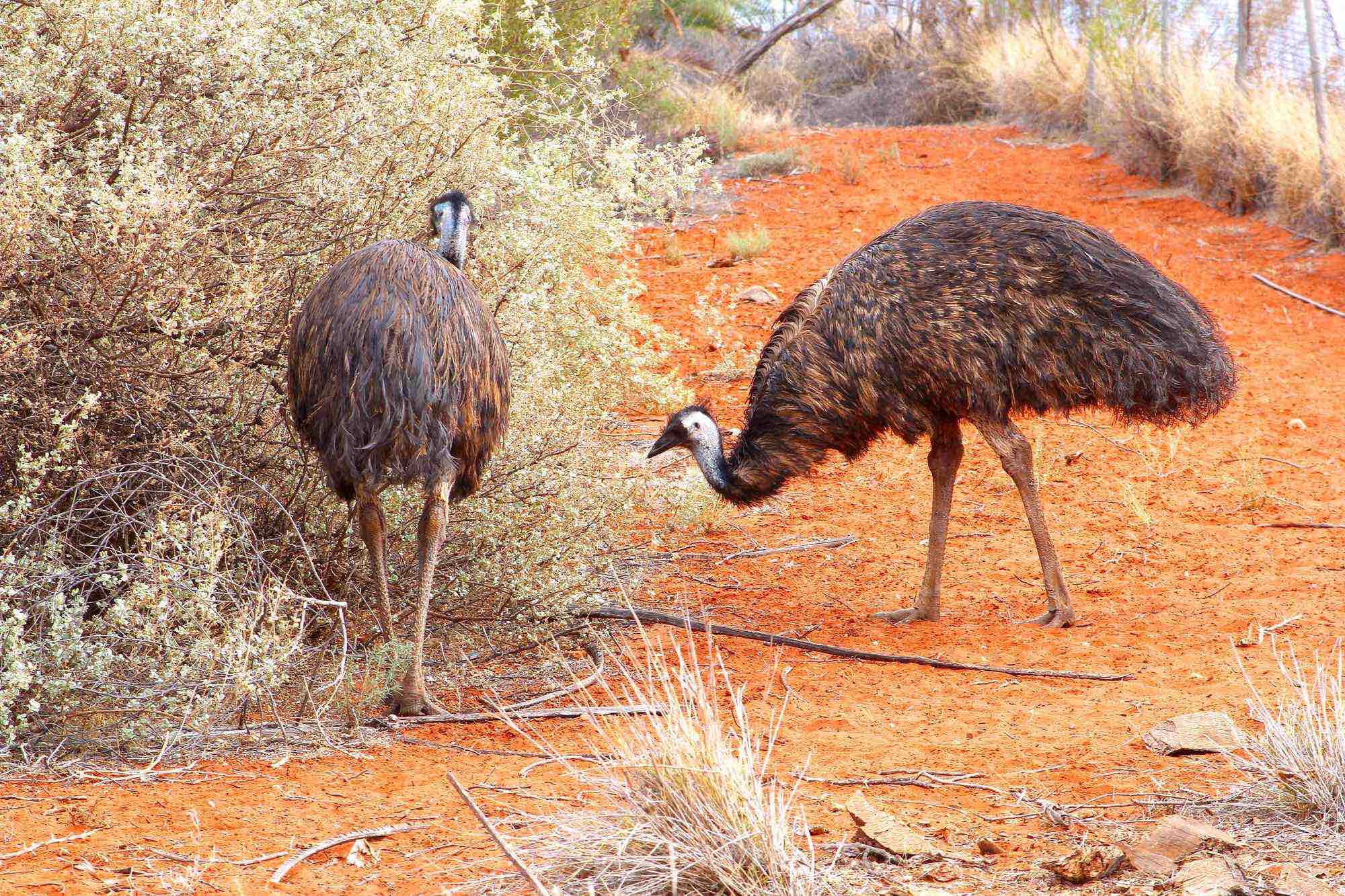
Traversing through ancient rocky and rugged ranges, vivid red sandstone canyons that are 350 million years old, rich ochre coloured sand dunes, vast expanses of Mulga and Spinifex and the awe-inspiring rock formations of Uluru and Kata Tjuta, this is the ultimate exploration of the Red Centre.
This small group, three or four-day immersive adventure showcases this beautiful desert region and the amazing flora and fauna that have evolved to thrive in this arid environment including numerous skinks, the iconic Thorny Devil, bushbirds, raptor birds, Kangaroos, Common Wallaroos and fascinating insects.
Guests will see Mt Conner, the third iconic rock in Central Australia, take in a stunning sunrise over Kata Tjuta’s spiritual domes and spend an afternoon exploring Uluru, the most culturally significant monolith in Australia.

As a finale, guests will travel to impressive Kings Canyon to undertake the inspirational Rim Walk or stroll along Kings Creek and marvel at the sandstone rock walls, towering more than 300 metres above the valley floor before returning to Alice Springs.
Autumn: Mar-May – Birds
Nesting occur for Black-breasted Buzzards, Brown Falcons, Australian Hobby, Nankeen Kestrels and Wedge-tailed Eagles. Large flocks of Zebra Finches are generally seen across the desert skies at this time of year along with Galahs. Crimson Chats, Splendid Fairy Wrens and Australian Bustards are nomadic and present if rains have occurred.
Spring: Sep-Nov – Birds
Black-breasted Buzzards, Black Falcons, Wedge-tailed Eagles, Nankeen Kestrels and Brown Goshawks nesting. Crested Pigeons, Mudlarks, Butcherbirds, Fairy Martins, Yellow Throated Miners, Crested Bellbirds, Chiming Wedgebills and occasionally the Spinifex Pigeons, Major Mitchell Cockatoos, Rainbow Bee-eaters and Red-capped Robins. Australian Ringneck Parrots, Galahs and Emus.
Autumn: Mar-May – Reptiles & Amphibians
Thorny Devils present before they burrow underground to hibernate for the winter. Long-nosed Water Dragons, Sand Goannas, Bearded Dragons, Central Netted Dragons and Black-headed Monitors.
Spring: Sep-Nov – Reptiles & Amphibians
Lizards emerge from winter hibernation. Blue-tongued Lizards, Perenties, Sand Goannas, Bearded Dragons, Central Netted Dragons, Long Nose Water Dragons and Thorny Devils all possible sightings.
The Top End

Covering black soil floodplains, paper bark swamps, savannah woodlands, monsoonal rainforests, river mangroves and dramatic escarpments, this is the ultimate Top End adventure for wildlife enthusiasts. Highlights include a visit to Fogg Dam, the iconic Yellow Water Cruise and airboat rides across the Mary River Catchment.
The richness and diversity of wildlife is simply extraordinary with wallabies, wallaroos, quolls, dingos, bats, goannas, frogs, pythons, waterbirds, cathedral termite mounds and the legendary Saltwater Crocodile, a small sample of viewing opportunities across these diverse habitats.

Visitors will be captivated by the cultural offerings found at the rock art galleries at Injalak and the sacred sites at Mt Borradaile, with the opportunity to learn about Australia’s fauna from the land’s traditional owners an unforgettable experience.
Autumn: Mar-May – Birds
Red-winged Parrots, Double-barred, Star, Crimson and Long-tailed Finches, Red-tailed Cockatoos, Pheasant Coucal, White-bellied and Black-faced Cuckoo Shrikes, Bar-shouldered and Peaceful Doves.
Winter: Jun-Aug – Birds
Mass flocks of Magpie Geese nesting, White-bellied Sea Eagles, Brahminy and Whistling Kites, Great Billed Herons, Azure Kingfishers, Plumed Whistling, Wandering Whistling and Spotted Whistling Ducks, Royal Spoonbills and Glossy Ibis.
Spring: Sep-Nov – Birds
High concentration of waterbirds, Brolga courtship dance, Great Egrets, Royal Spoonbills, Black-winged Stilts, Black-necked Storks (Jabirus), Comb-crested Jacana, Blue-winged Kookaburras.
Autumn: Mar-May – Land Mammals & Marsupials
Arrival of Black Wallaroo joeys, Antilopine Wallaroos breeding, Dingos, Agile Wallabies, Rock Ringtail Possums and Little Red Flying Foxes babies, Northern Brown Bandicoot, Brush-tailed Phascogale.
Winter: Jun-Aug – Land Mammals & Marsupials
Agile Wallabies, Dingos, Wilkins’ Rock-Wallabies, Black Wallaroos, Antilopine Wallaroos, colonies of Ghost Bats, Black and Little Red Flying Foxes and Blossom Bats.
Spring: Sep-Nov – Land Mammals & Marsupials
Concentration of Agile Wallabies around creeks and billabongs, Antilopone Wallaroos, Wilkins’ Rock Wallabies, Northern Brown Bandicoots, Brush-tailed Phascogales and Northern Quolls, Black & Little Red Flying Foxes, Ghost Bats and Blossom Bats.
Autumn: Mar-May – Reptiles & Amphibians
Abudant Saltwater Crocodiles, Frilled-neck Lizards, Mertens’ Water Goannas, Sand and Yellow-spotted Goannas, Dahl’s Aquatic Frog across the floodplains, Northern Dwarf, Little Green Tree Frogs, Green Tree Snakes, Children Pythons, Banded Tree Snakes and Olive Pythons.
Winter: Jun-Aug – Reptiles & Amphibians
Abudant Saltwater Crocodiles, Freshwater Crocodiles in the escarpments, Green Tree Snakes, Children Pythons, Olive Pythons, Rough Knob-tailed Gecko, Desert Tree, Rocket, Roth’s Tree and Northern Dwarf Tree Frogs.
Spring: Sep-Nov – Reptiles & Amphibians
Peak season for Saltwater Crocodiles observation with shrinking pockets of water, Freshwater Crocodiles, Fire-tailed Skink, Sand and Spotted Goannas, Copland’s Rock Frog.
Lady Elliot Island
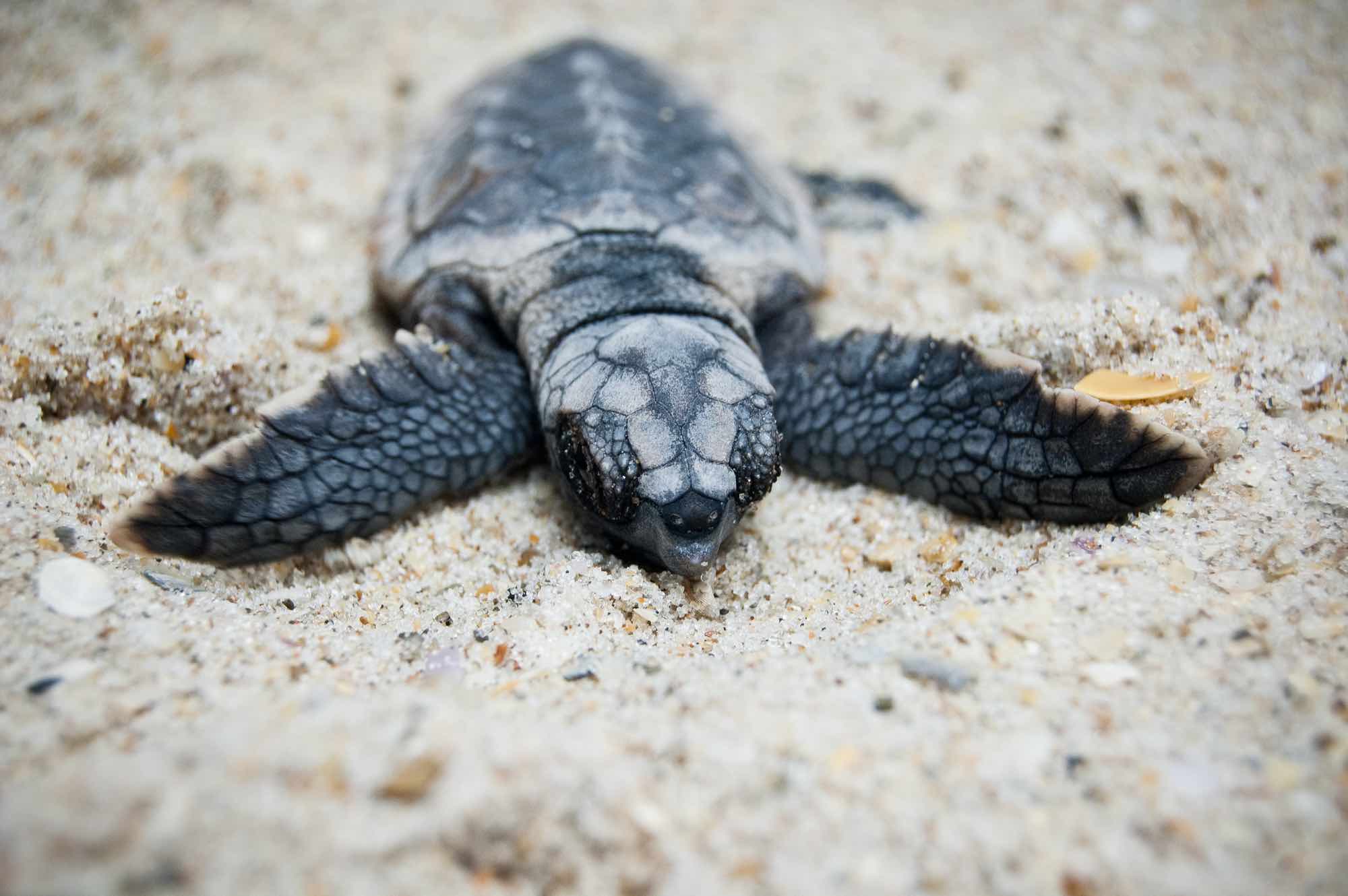
Located within a highly protected ’Green Zone’ of the Great Barrier Reef Marine National Park, the waters surrounding Lady Elliot provide a sanctuary for over 1,200 species, with outstanding water clarity perfect for admire the healthy coral reef, abundance of turtles, Manta Rays, reef sharks and a vast array of tropical fish.
In season guests can also encounter birds nesting, turtle hatchlings or migrating Humpback Whales. Staying at the Lady Elliot Island Eco Resort, this package offers guests the opportunity to enjoy a myriad activities to learn more about the Island and its unique history, flora, fauna and incredible marine life. This slice of paradise provides an environment that inspires a diversity of exciting daily nature based activities including reef walks, bird watching tours, snorkel safaris, night tours and scuba diving.
Autumn: Mar-May – Fish & Marine Invertebrates
Peak season for seeing Manta Rays. Bull Rays, Cowtail Stingrays, White-spotted Guitarfish, Spotted Eagle Ray and Blue-spotted Fantail Ray, Damselfish, Wrasses & Parrotfish, Surgeonfish, Angelfish, Groupers, Trumpetfish and Mooray Eels.
Winter: Jun-Aug – Fish & Marine Invertebrates
Seasonal Highlights: Peak season for seeing Manta Rays. Bull Rays, Cowtail Stingrays and White-spotted Guitarfish, Spotted Eagle Ray and Blue-spotted Fantail Ray, Damselfish, Wrasses & Parrotfish, Surgeonfish, Angelfish, Groupers, Blacktip and Whitetip Reef Sharks, Leopard Sharks, Wobbegongs.
Spring: Sep-Nov – Fish & Marine Invertebrates
Braching, Boulder, Plate and Mushroom hard corals and Gorgonian Fan, Organ Pipe and Pink Soft coral, Damselfish, Wrasses & Parrotfish, Surgeonfish, Angelfish, Blacktip and Whitetip Reef Sharks, Leopard Sharks, Wobbegongs, Epaulette Sharks, Manta Rays, Bull Rays and Eagle Rays.
Autumn: Mar-May – Birds
Crested, Roseate, Bridled and Black-naped Terns, Black Noddies, Lesser Frigatebirds and Great Frigatebirds, Brown Footed Boobies, Sooty and Pied Oyster-catchers, Eastern Reef Egrets, Pacific Golden Plover, Bar-tailed Godwit, Ruddy Turnstone and Grey-tailed Tattler.
Winter: Jun-Aug – Birds
Black Noddies, Crested, Sooted Terns, Silver Gulls, Lesser Frigatebirds and Great Frigatebirds, Brown Footed Boobies, White-bellied Sea-Eagle, Capricorn Silvereyes, Buff-banded Rails, Tawny Grassbirds, Black-faced Cuckoo Shrikes and the Golden-headed Cisticolas.
Spring: Sep-Nov – Birds
Pacific Golden Plover, Ruddy Turnstones, Bar-tailed Godwits arrive from Northern Hemisphere migration, Sooty and Pied Oyster-catchers, Eastern Reef Egret, Brown Footed Boobies, Capricorn Silvereyes, Buff-banded Rails.
Autumn: Mar-May – Reptiles & Amphibians
Green and Loggerhead Turtles nest on the island’s pristine sandy dunes, hatchlings to emerge between January and May. The critically endangered Hawksbill Turtle can be seen in surrounding waters.
Winter: Jun-Aug – Reptiles & Amphibians
Green Turtles, Loggerhead Turtles and critically endangered Hawksbill Turtles.
Spring: Sep-Nov – Reptiles & Amphibians
Seasonal Highlights: Green and Loggerhead Turtle mating season, they commence nesting on the island’s pristine sandy dunes in November. The critically endangered Hawksbill Turtle can be seen in the surrounding waters.


